Unlivable Cities in the U.S.
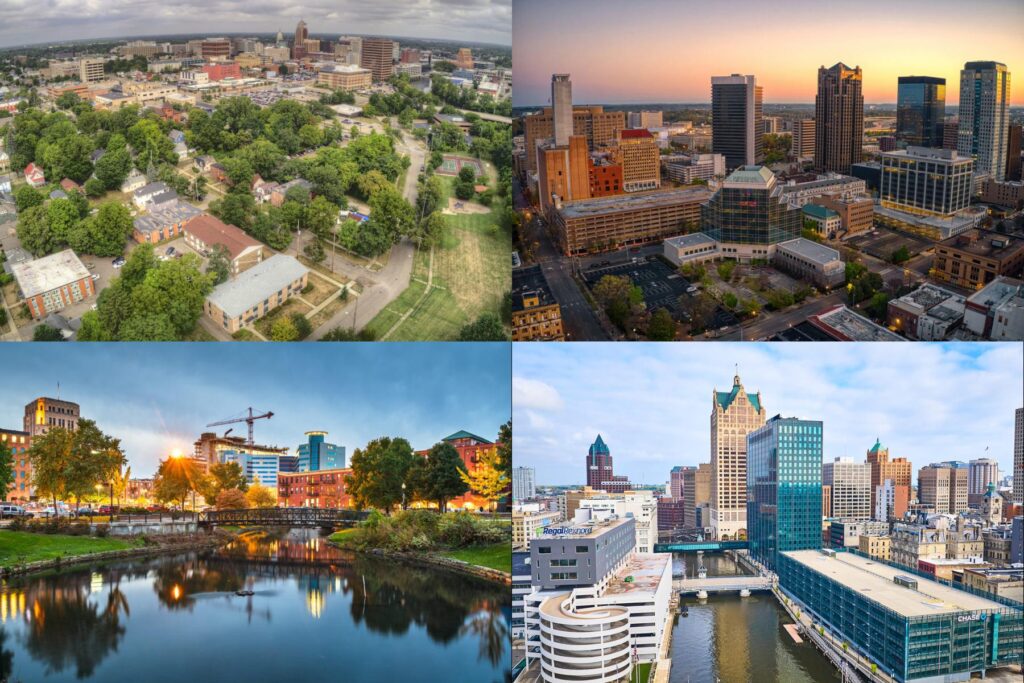
Below you’ll find two ranked countdowns, the most unlivable and the most desirable cities in the U.S. today, each based on current data from the FBI, U.S. Census Bureau, U.S. News & World Report, WalletHub, Livability.com, and others. They considered crime, affordability, public health, education, job opportunities, infrastructure, and overall satisfaction. Some of the results may surprise you and if you disagree, please add your voice to the comments and we will make adjustments.
25. Milwaukee, Wisconsin
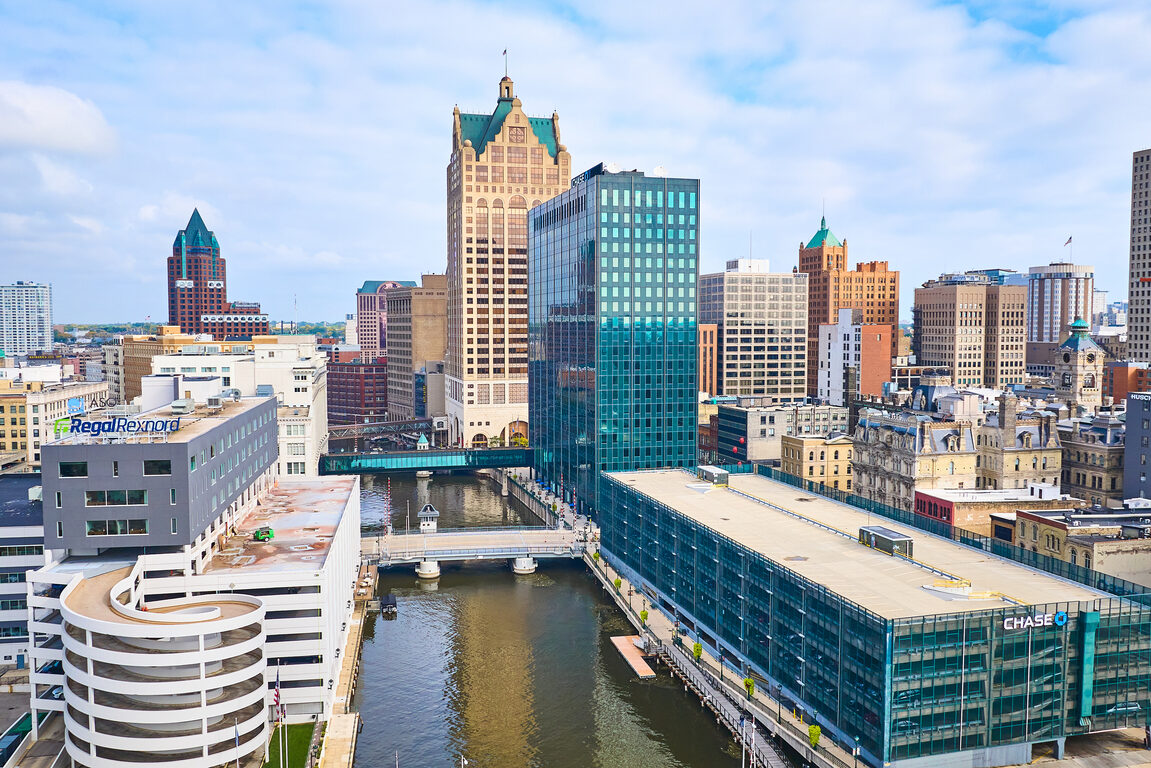
Milwaukee carries a mix of charm and struggle. High crime rates and persistent racial inequality cast shadows over neighborhoods that could otherwise thrive. For many residents, daily life comes with a constant sense of caution, whether walking to work or letting kids play outside. Opportunities feel uneven, with some areas moving forward while others are left behind. The city has history, culture, and a hardworking spirit, yet these qualities often feel buried under deep-rooted issues. People still love their hometown, but many quietly wish for a safer, fairer Milwaukee where opportunity is not decided by the street you live on.
24. Birmingham, Alabama
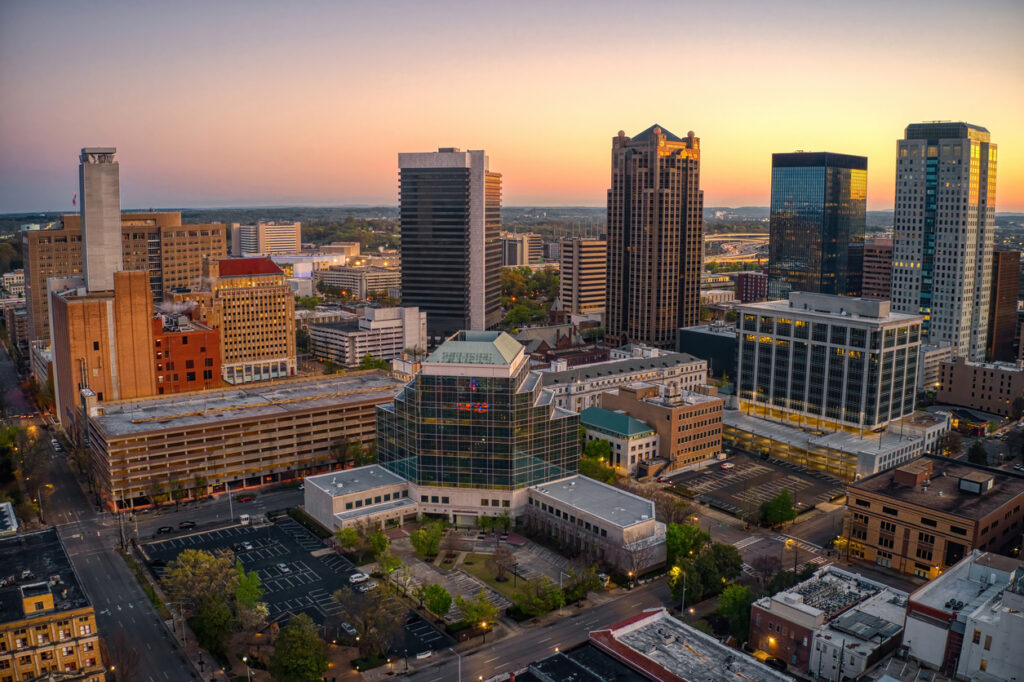
Birmingham’s history as an industrial and cultural hub still lives in the hearts of its residents, but the reality is more complex. Infrastructure struggles, from aging roads to underfunded public spaces, make daily life harder than it should be. Persistent poverty and public health concerns weigh heavily on communities already stretched thin. There is beauty here, in the people and the places, but the cracks in the city’s foundations show in more ways than one. Without significant investment in housing, healthcare, and jobs, the gap between Birmingham’s potential and its reality will remain a daily reminder of what is missing.
23. Kalamazoo, Michigan
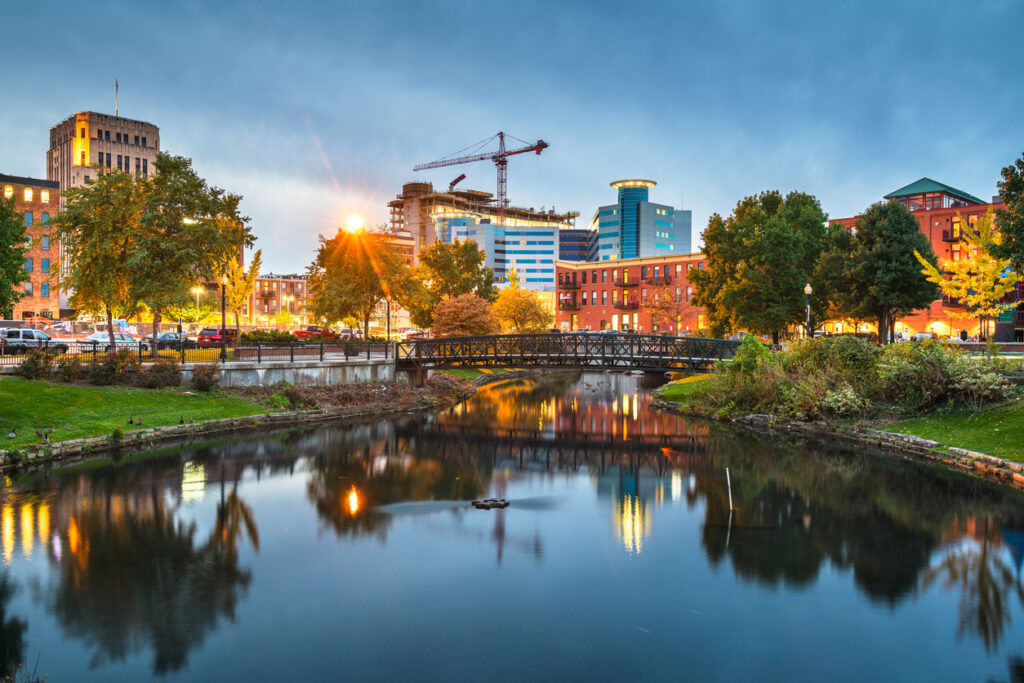
Kalamazoo is a city of creative minds and community pride, but recent years have brought slower growth and rising concerns. Crime rates are climbing, and job opportunities are not keeping up with the needs of its residents. The energy that once filled its streets feels muted, replaced with quiet uncertainty about the future. While the city has made attempts to revitalize certain areas, those efforts often fail to reach the neighborhoods that need them most. For some, the choice becomes leaving in search of better stability, while others stay and keep working toward a vision of the city they remember.
22. Lansing, Michigan
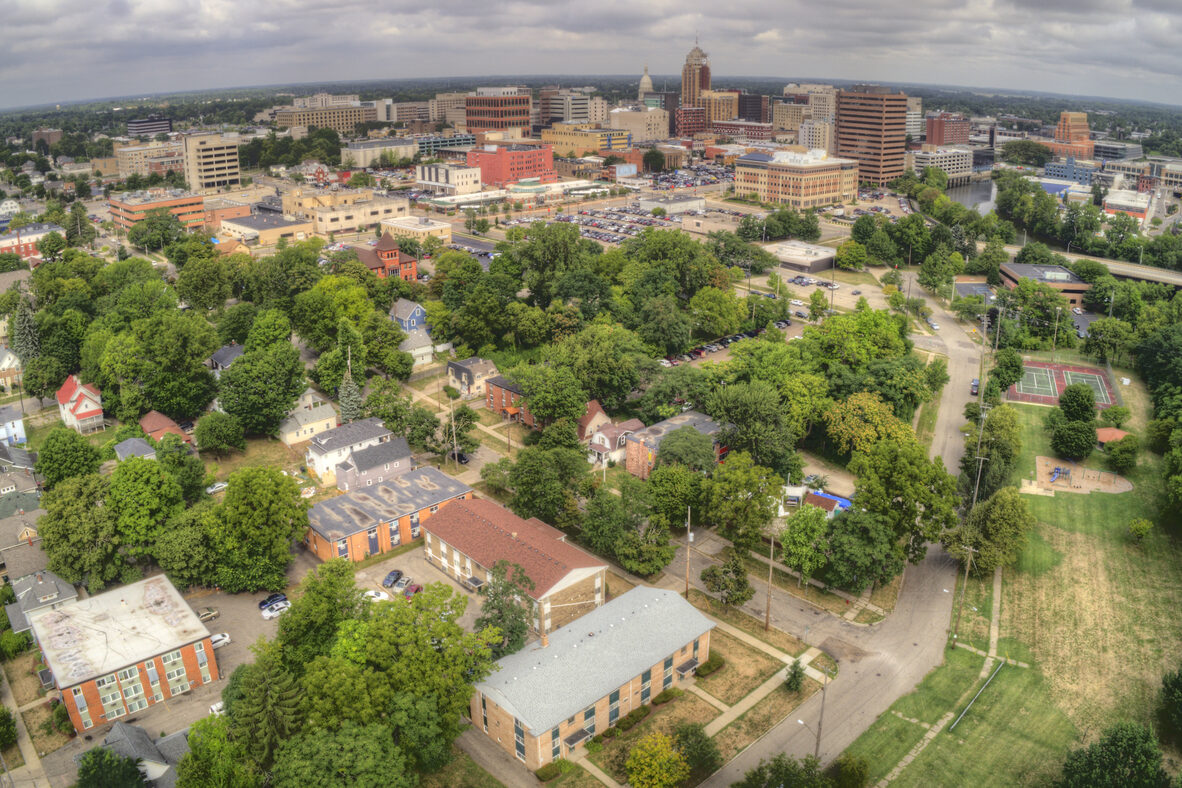
Lansing, Michigan’s capital, should feel like the center of opportunity, but the picture is different up close. Aging infrastructure, underperforming schools, and shrinking job prospects create a constant challenge for families trying to get ahead. There is still a sense of pride in being from the state capital, yet many young people see more opportunity elsewhere. Those who stay work hard to keep neighborhoods vibrant, but the slow pace of economic growth makes it difficult. Without stronger investment and modern solutions, Lansing risks losing more of its energy and people to places that promise a better quality of life.
21. Danville, Illinois
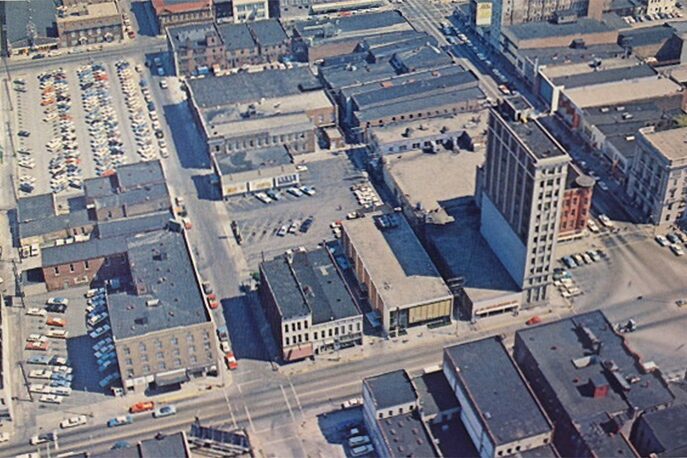
Danville’s story is one of persistence, but also of opportunities that keep slipping away. The city has a close-knit community, yet high poverty rates and limited economic growth leave many struggling to build the life they want. Job options are few, and those that exist often do not pay enough to keep up with rising costs. Public services are stretched thin, making even simple needs harder to meet. For residents, the challenge is not just making ends meet, but finding hope in a place where progress feels slow. Still, there is resilience here, even when the odds seem unkind.
20. Monroe, Louisiana
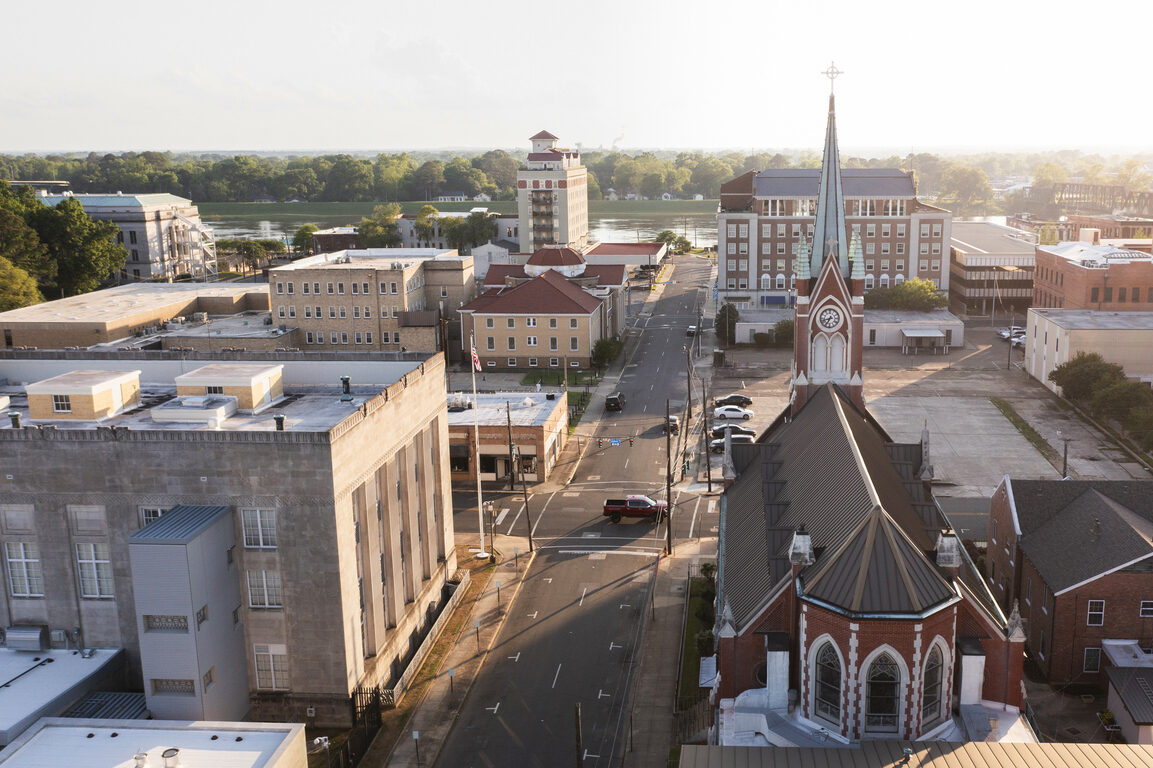
Monroe faces one of the highest violent crime rates in the country, and that reality affects nearly every part of daily life. Residents live with a heightened awareness of safety, which influences where they shop, how late they stay out, and even how they connect with their neighbors. Despite its southern charm and deep cultural roots, fear and caution often overshadow the beauty. Efforts to improve safety exist, but progress has been slow, leaving many unsure about the city’s direction. For those who love Monroe, the hope is simple: a day when the conversation is more about growth than crime.
19. Shreveport, Louisiana
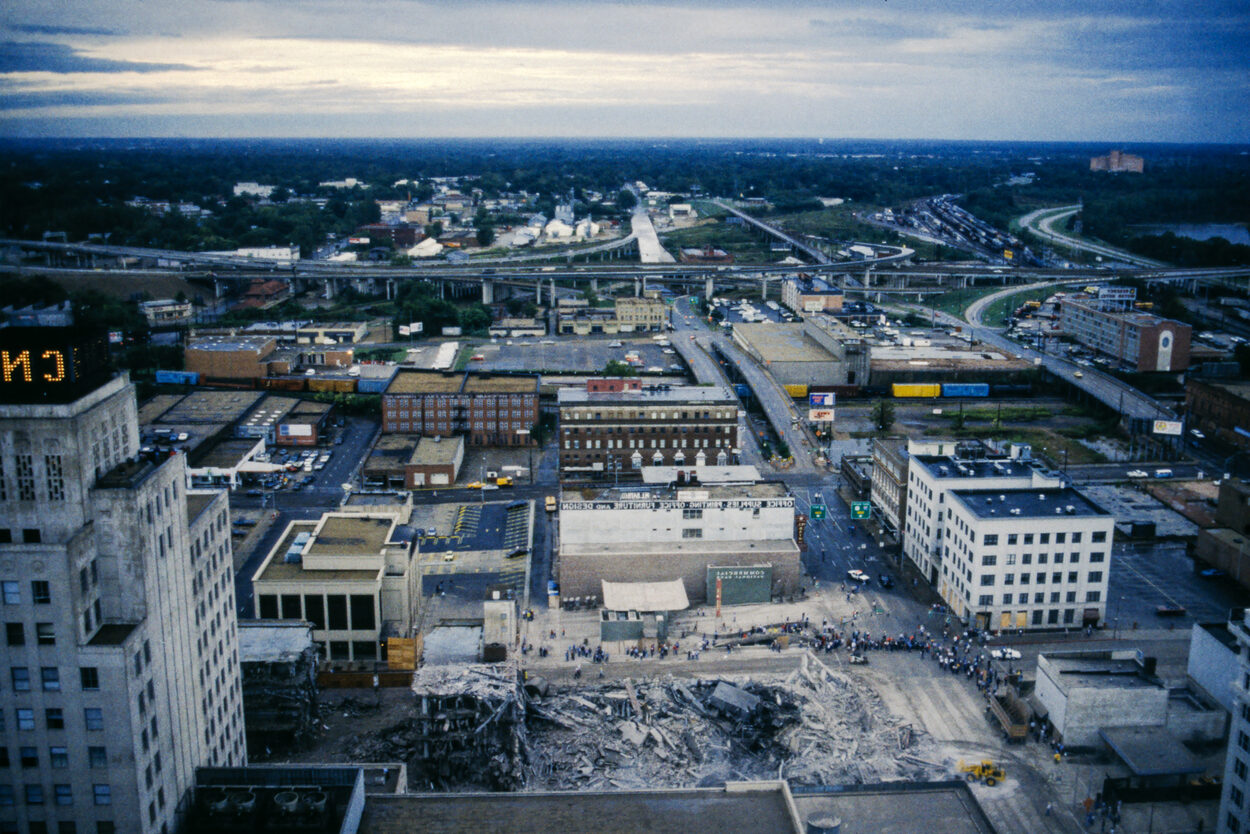
Shreveport once thrived with industry and culture, but economic collapse and persistent crime have taken their toll. Many neighborhoods feel abandoned, with boarded-up buildings and limited job options making it harder to hold onto optimism. Community members still show pride, but the challenges can be overwhelming. Violent crime rates discourage growth, and younger generations often look to leave rather than stay and rebuild. There is a deep sense of longing for the Shreveport that once was, and for a future where families feel safe walking down the street. Until then, the city remains caught between its past and its possibilities.
18. Saginaw, Michigan
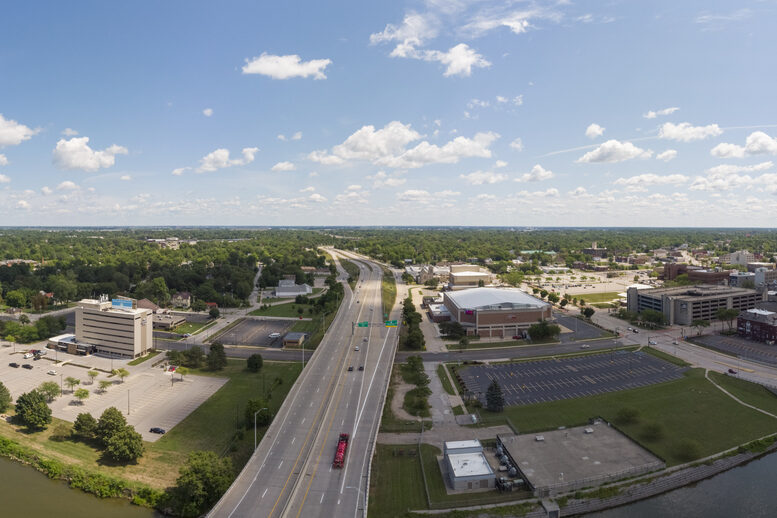
Saginaw has seen its population decline sharply over the years, leaving behind empty homes and quiet streets. Job losses have hit hard, and without strong economic drivers, it is difficult to keep residents from moving away. Those who remain often face higher unemployment rates and fewer resources for essential services. Despite these setbacks, there are small sparks of community effort trying to breathe life back into the city. Still, the absence of opportunity looms large, making the road to revival steep. For many, the question is not whether they love Saginaw, but whether it can give them reasons to stay.
17. Albany, Georgia
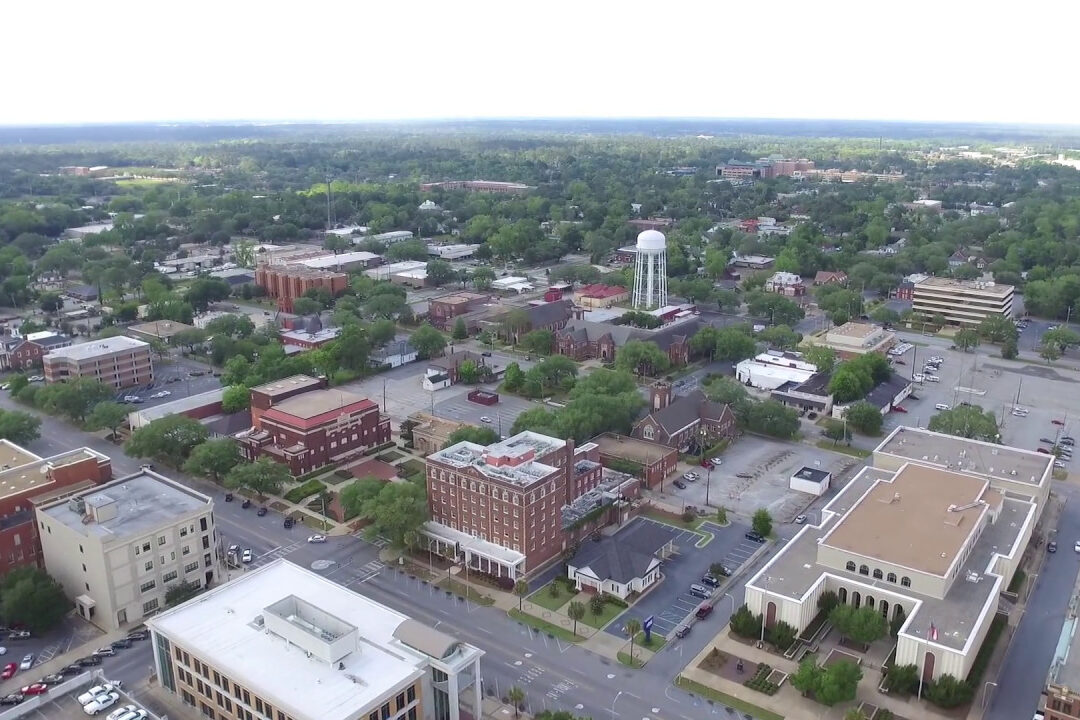
Albany is a city where safety concerns and underperforming public services combine to make life more difficult. Residents often feel that essential needs, like reliable policing and quality education, are not being met. This has a ripple effect, discouraging new businesses from investing and pushing some families to seek opportunities elsewhere. The community has strength and a sense of history, but progress has been slow and uneven. With the right resources, Albany could see positive change, but until that happens, the gap between potential and reality will remain wide, leaving many to wonder about the city’s future.
16. Gadsden, Alabama
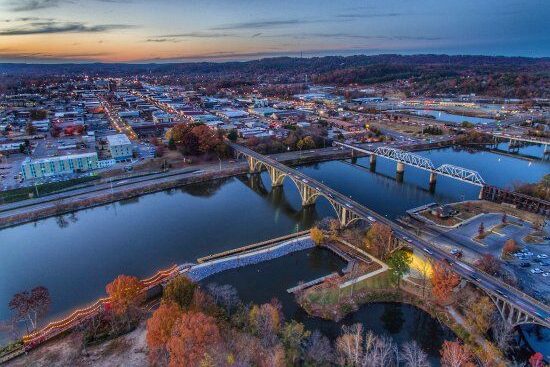
Gadsden faces high unemployment rates and limited access to quality healthcare, creating a daily struggle for many residents. Without enough job opportunities, economic stability feels out of reach, and health concerns often go untreated due to cost or availability. While there are people working to improve conditions, change has been slow to arrive. This leaves families feeling stuck, with few clear paths to move forward. The city has its moments of beauty and community warmth, but those are often overshadowed by the challenges of simply getting by in a place where opportunities and services remain frustratingly scarce.
15. Rockford, Illinois
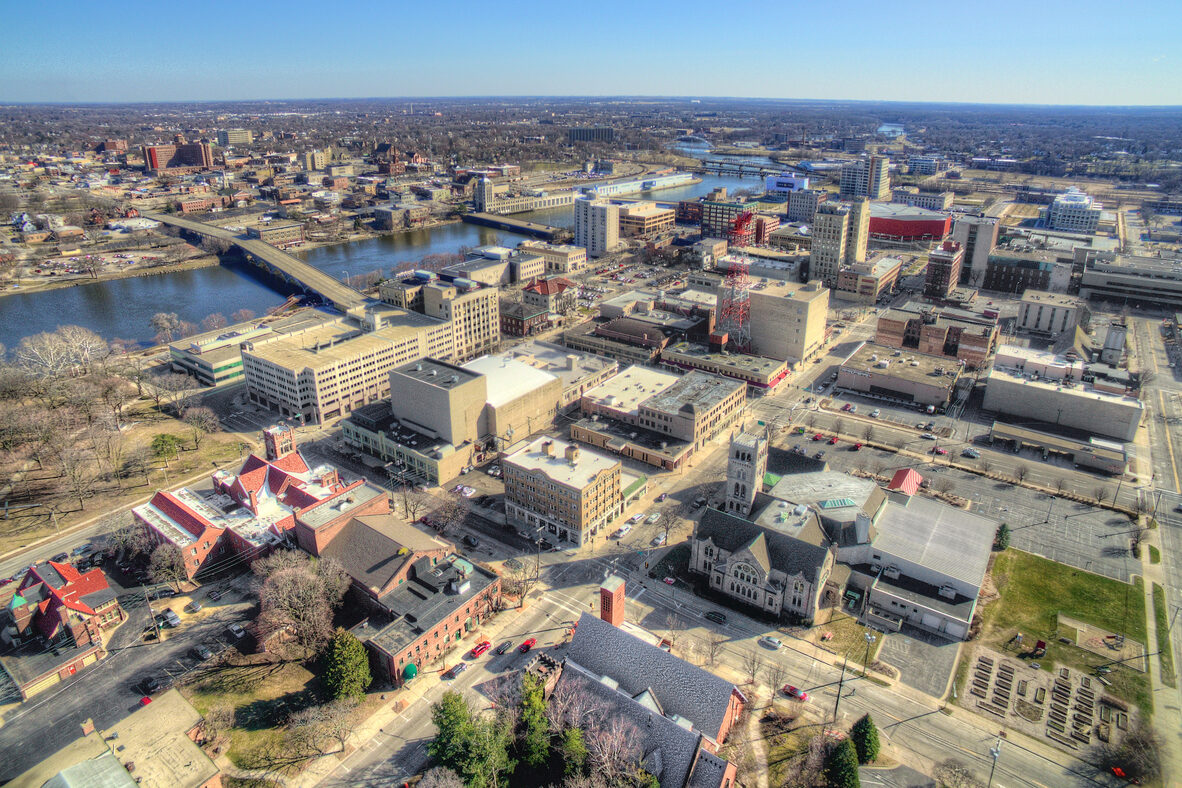
Rockford has a proud manufacturing history, but many of its factories have closed, leaving behind fewer jobs and lower wages. The loss of industry has been accompanied by higher crime rates, making it harder for the city to attract new businesses and residents. Those who remain work hard to keep their neighborhoods safe and active, but the decline in opportunities makes it challenging to keep morale high. Rockford has the foundation to be more prosperous, yet without serious investment and long-term planning, its residents will continue facing a daily uphill climb to create better lives for themselves and their families.
14. Springfield, Missouri
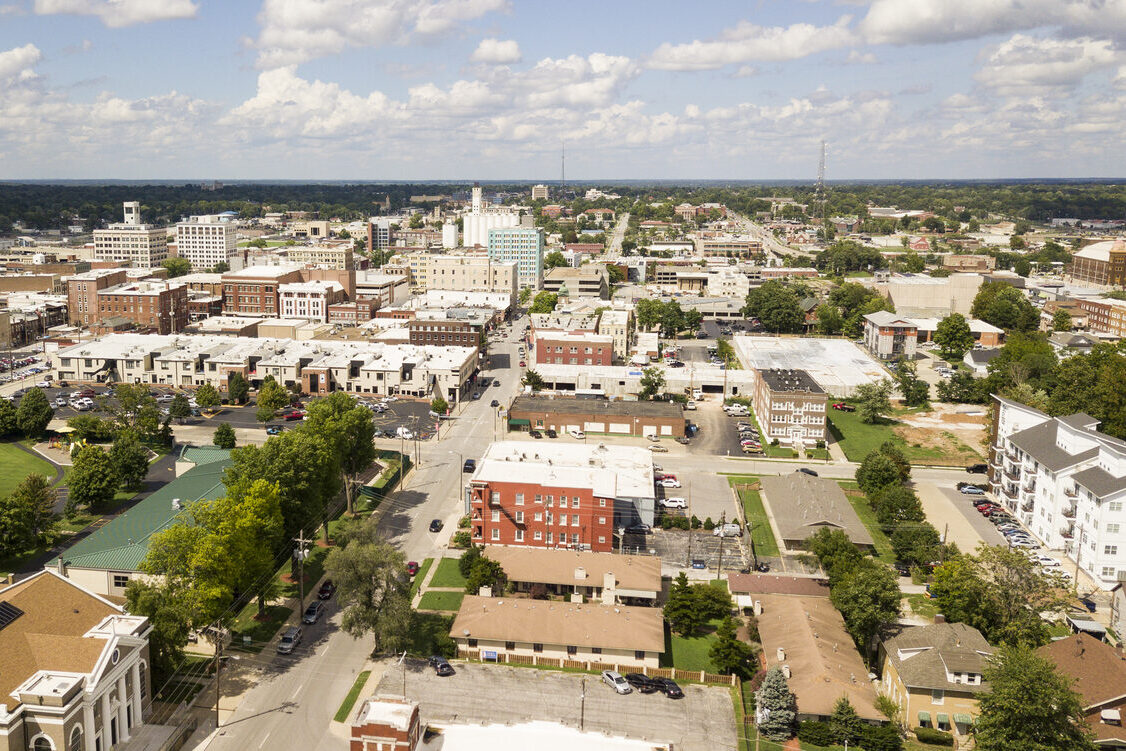
Springfield is known for its friendly people, but a sharp rise in drug use and property crime has created an undercurrent of concern. Many residents now take extra precautions, and some neighborhoods have lost the easy sense of trust they once had. While the city still offers charm and access to beautiful outdoor areas, these positives are often overshadowed by the challenges within its borders. Local leaders have acknowledged the issues, but progress has been slow. For Springfield to truly thrive, safety and security will need to become priorities, giving residents the freedom to enjoy all the city can offer.
13. Toledo, Ohio
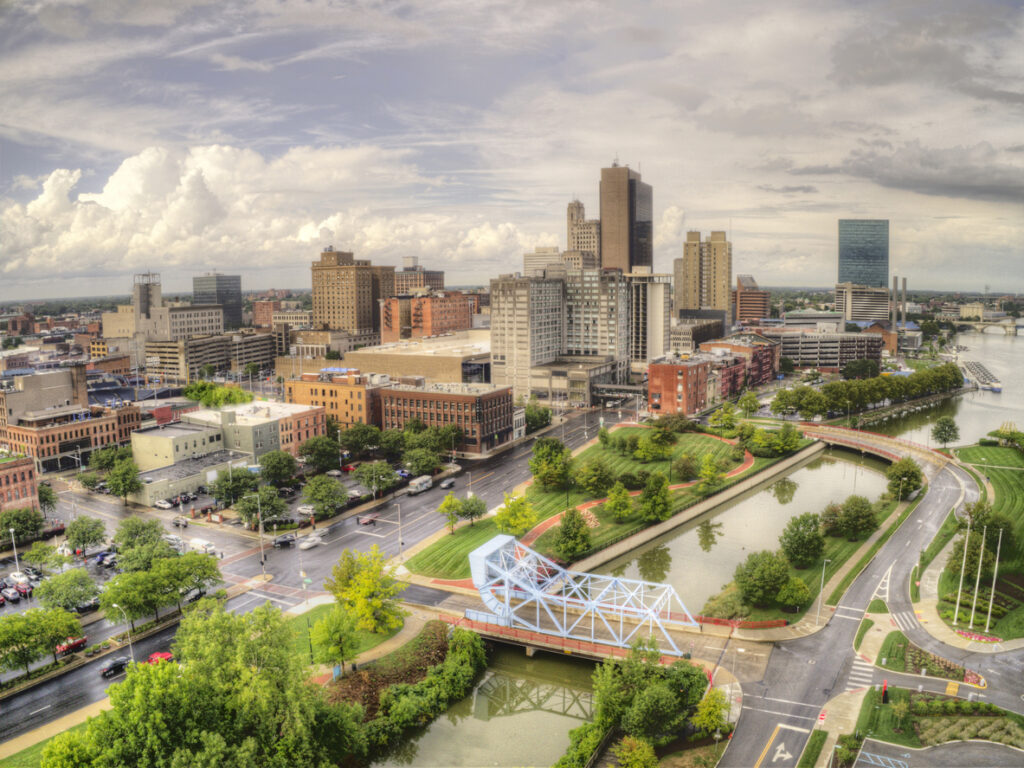
Toledo struggles with aging infrastructure, high poverty rates, and housing challenges that affect nearly every part of daily life. Streets and public buildings show signs of wear, while many residents face economic hardship that makes basic upkeep difficult. The city has tried to encourage redevelopment, but those efforts often fall short of creating lasting change. Families that have called Toledo home for generations want to see the city revitalized, yet without meaningful investment, the reality remains tough. People still hold hope, but they also understand that rebuilding trust and opportunity will take more than promises and short-term improvement plans.
12. Camden, New Jersey
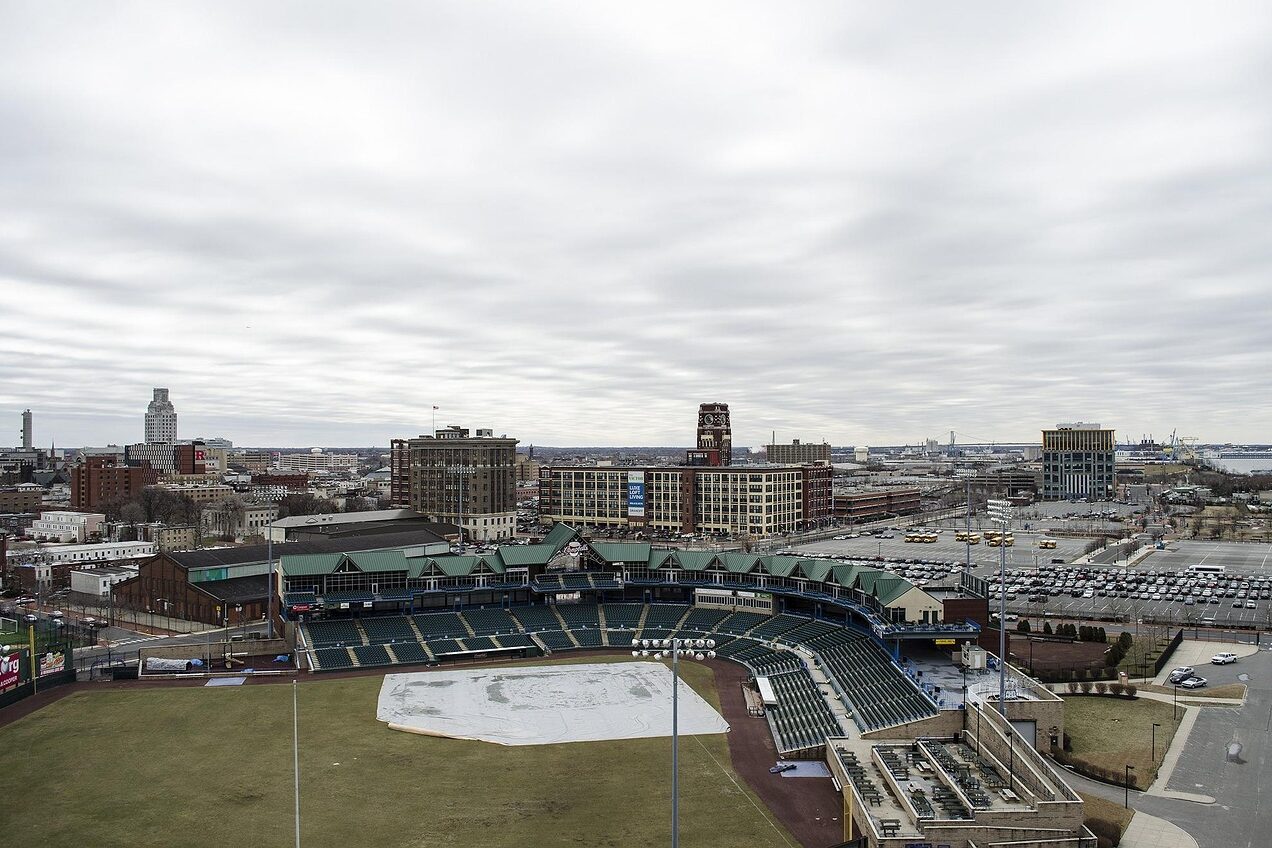
Camden, located just across the river from Philadelphia, is a city that’s faced enormous challenges over the years. Known for its high crime rate and widespread poverty, Camden has struggled to maintain any semblance of a thriving community. The city has been plagued by industrial decline, and many of its residents face unemployment or underemployment. The lack of job opportunities is compounded by the city’s poor education system, which leaves children with fewer chances to succeed. Camden’s infrastructure is crumbling and much of the city is in disrepair, making it an unappealing place to live for many.
Violent crime is a major issue in Camden, with the city consistently ranking as one of the most dangerous in the U.S. The police force has had its own set of challenges, including issues with corruption and underfunding. This has contributed to a general sense of lawlessness and fear. While there have been efforts to revitalize certain parts of the city, such as the waterfront area, much of Camden remains a tough place to live. The combination of crime, economic struggles, and a lack of services makes it one of the least desirable places in the country.
11. Jackson, Mississippi
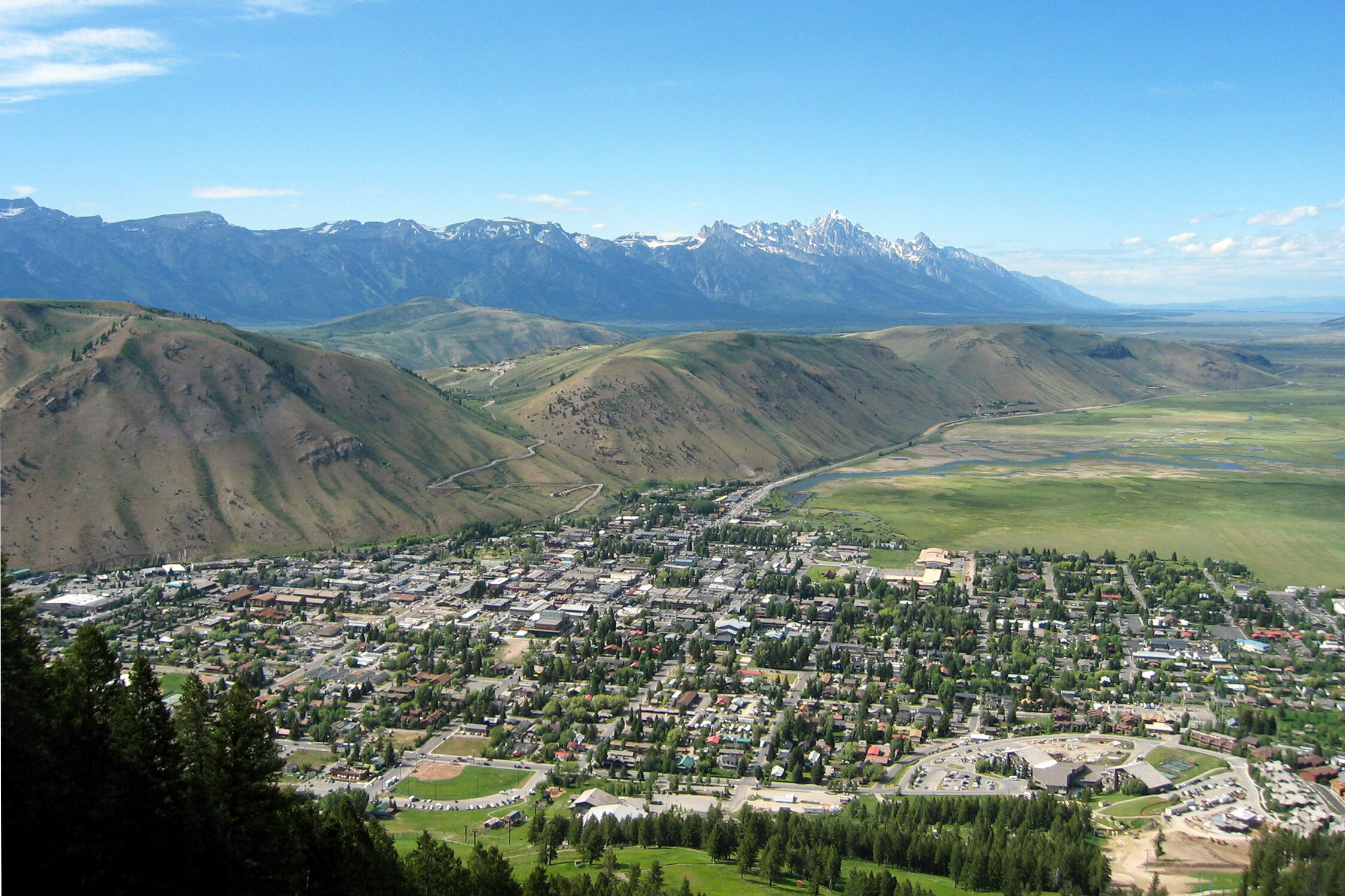
Jackson, Mississippi, is another city that suffers from a combination of high poverty and low employment opportunities. The city has a large number of abandoned buildings and underdeveloped areas that are often overlooked. With little investment coming into the area, Jackson has struggled to maintain economic growth. Its schools suffer from underfunding and a lack of resources, leaving students with fewer chances to succeed. These factors contribute to the city’s reputation as one of the most difficult places to live in the U.S.
Additionally, Jackson is plagued by high crime rates. While it’s not unusual to hear about property thefts, violent crimes are also an issue in the city. This creates a sense of unease among the population, with residents feeling unsafe in their own neighborhoods. The infrastructure in Jackson is also aging, and the city frequently faces issues with its water supply and other basic services. These ongoing problems continue to contribute to Jackson’s status as an unlivable city for many of its residents.
10. New Orleans, Louisiana

New Orleans, known for its Mardi Gras celebrations and vibrant music scene, carries a difficult reality behind its festive exterior. The city, while rich in culture, is plagued by high crime rates and an economy that struggles to provide for its residents. Many neighborhoods are still recovering from the devastating effects of Hurricane Katrina, and some areas have yet to fully rebuild. Economic inequality is rampant, and a large portion of the population lives below the poverty line. With many businesses failing to return after the storm, job opportunities are scarce.
Alongside economic woes, New Orleans has a high crime rate, especially violent crime, which has made some neighborhoods unsafe for residents. The police department struggles with a lack of resources and ongoing corruption issues, making it difficult for the city to regain control of its crime problem. Schools are underfunded, and poverty levels are high, which further complicates the lives of families living there. While the city boasts a rich cultural identity, the harsh realities of living there make it a difficult environment for many.
9. Cleveland, Ohio
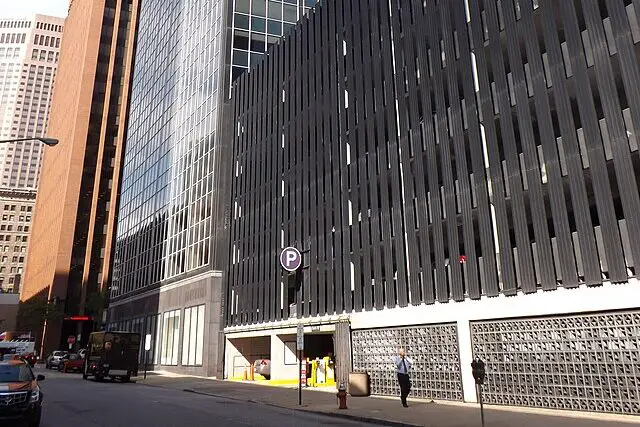
Cleveland, once a major industrial powerhouse, has seen better days. The city has dealt with significant job losses, particularly in its manufacturing sector, which has contributed to economic struggles. Poverty is rampant here, and many areas are suffering from dilapidated infrastructure and a shrinking population. This combination of factors has resulted in high crime rates and a general sense of decline. Cleveland’s once-thriving downtown area has had difficulty maintaining vibrancy, and efforts to regenerate it are ongoing but slow moving.
The schools in Cleveland also face significant challenges. With low funding and high student-to-teacher ratios, the education system has been criticized for failing to adequately prepare children for the future. Public services, including the police force and fire departments, often struggle with inadequate resources, making it harder for residents to feel safe or secure. While the city has been trying to make strides in revitalizing itself, Cleveland still faces deep-seated issues that make it a tough place to call home.
8. St. Louis, Missouri

St. Louis, known for the Gateway Arch, has long been associated with the struggles of urban decay. Despite its cultural significance and historical landmarks, the city has suffered from high poverty rates and an increasing crime problem, according to AreaVibes. Many neighborhoods are riddled with vacant lots and rundown properties as the economy struggles to keep up. A lot of the working-class population here faces a combination of low wages, few job opportunities, and a lack of investment, contributing to the city’s deepening divide between the wealthy and the poor.
The crime rate in St. Louis is one of the highest in the nation, particularly violent crimes, which creates an ongoing sense of fear among residents. The city has also been grappling with the lack of efficient public transportation, making it difficult for people without cars to access work or necessary services. In addition, schools in St. Louis face immense challenges. Underfunding has led to lower-quality education, leaving children with fewer options to succeed. The overall combination of poverty, crime, and systemic issues makes St. Louis a tough place to live for many.
7. Baltimore, Maryland
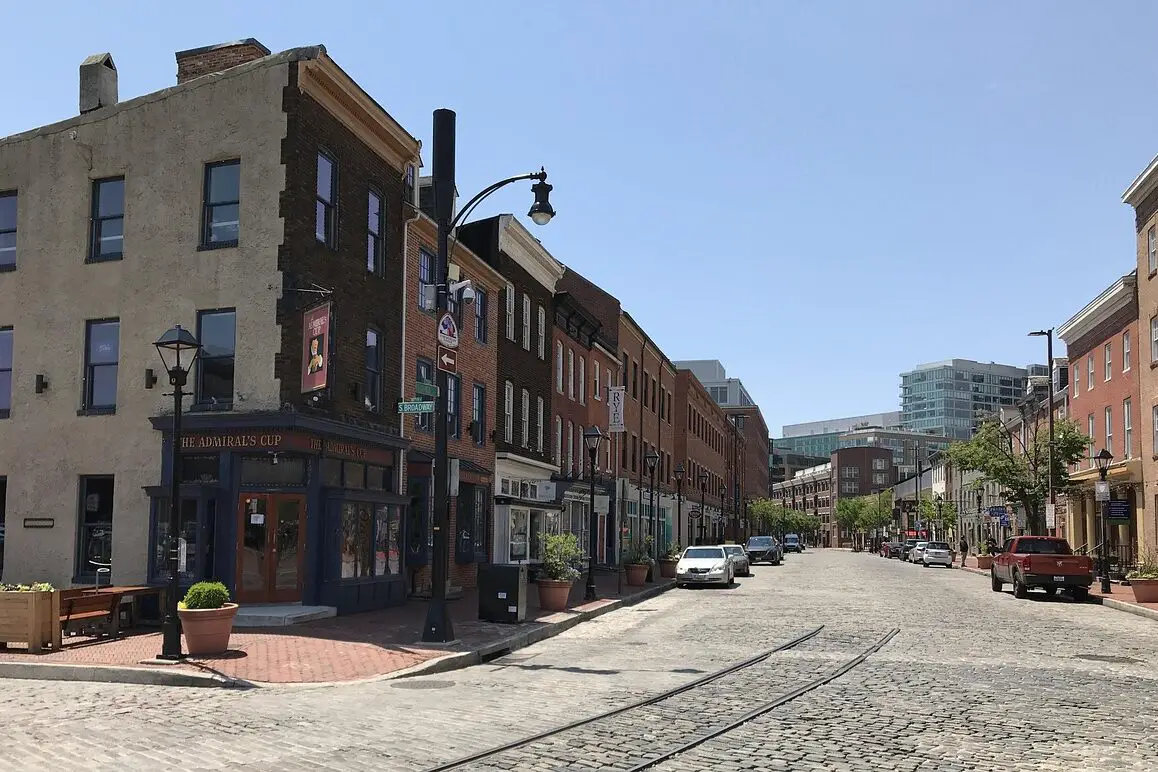
Baltimore, situated just off the Chesapeake Bay, suffers from a number of factors that make it a difficult city to live in. Crime has been a huge issue in Baltimore for years, with violent crimes like homicides and shootings being far too frequent. The city has long struggled with gang activity, contributing to a sense of insecurity. High levels of poverty and unemployment are also key contributors to the city’s troubles. Many neighborhoods, once vibrant and full of life, are now experiencing economic collapse, leaving behind abandoned buildings and a struggling infrastructure.
The public education system in Baltimore is another sore point. Many schools are underfunded and fail to offer students a good chance at success, which compounds the challenges families face. Even though there are efforts to revitalize certain parts of the city, the crime rate and economic difficulties persist. The housing market is also less than desirable, with many homes being in poor condition. Residents often deal with higher-than-average property taxes, which further drain their financial resources. In short, Baltimore is a city that faces both deep systemic issues and external challenges that make life there incredibly tough.
6. Gary, Indiana
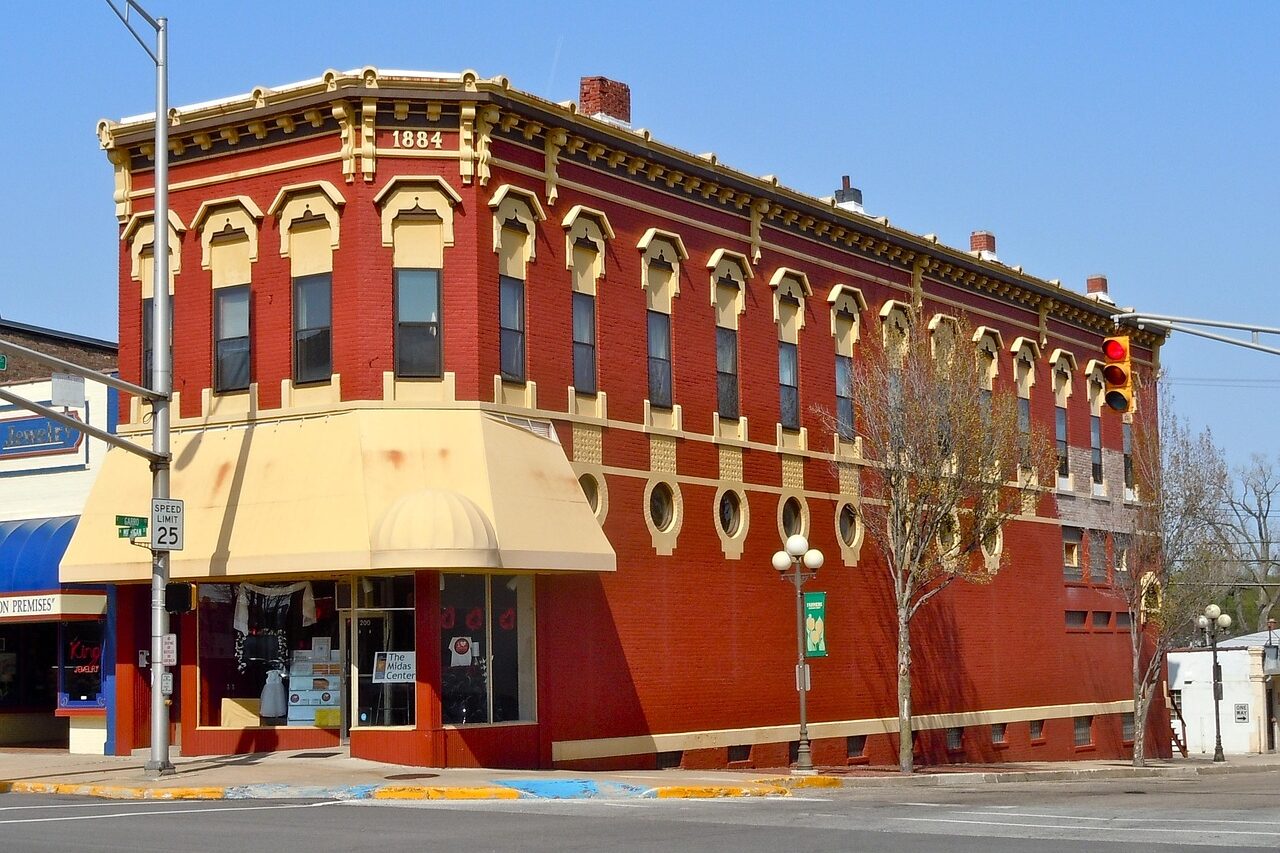
Gary, Indiana, is a prime example of an industrial city that was left behind when the manufacturing industry collapsed. Once home to a bustling steel industry, Gary is now a city marked by poverty and high unemployment. The population has steadily decreased over the years, and many of the once vibrant neighborhoods are now desolate, with boarded-up houses and abandoned factories. While the city still has some manufacturing jobs, they are few and far between, and wages are often low, leaving many residents struggling to make ends meet.
The crime rate in Gary is also high, with the city consistently ranking as one of the most dangerous places in the U.S. Residents face the daily threat of both violent crime and property crime. Public schools in Gary are severely underfunded, and many residents feel that the local government has neglected their needs for years. The city’s infrastructure is crumbling, and services such as public transportation are limited. All of these factors make Gary one of the most unlivable cities in the country.
5. Memphis, Tennessee
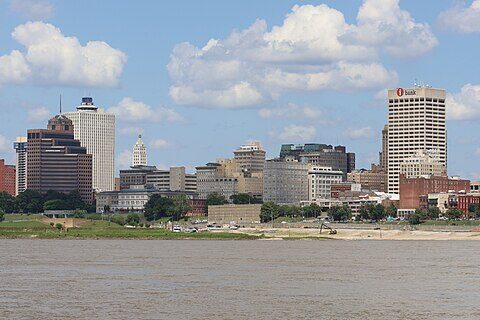
Memphis has a rich musical legacy, but it’s a city where poverty and crime overshadow its cultural contributions. It faces significant challenges in education, healthcare, and economic opportunity. Memphis has one of the highest poverty rates in the nation, with a large portion of its population struggling to meet basic needs. This economic hardship is compounded by low wages and a lack of jobs in many neighborhoods. The disparity between the affluent and the impoverished is painfully evident, especially in the city’s poorer areas.
In addition to economic issues, Memphis has long battled with crime, particularly violent crime. Gang activity, drug-related offenses, and high rates of robbery contribute to the city’s reputation as one of the most dangerous in America. This creates an atmosphere of fear that makes it difficult for families and individuals to feel safe. The city’s public transportation system is also subpar, making commuting a hassle for those who rely on buses. Overall, Memphis, despite its historical significance, has a reputation that makes it a difficult place to live.
4. Detroit, Michigan
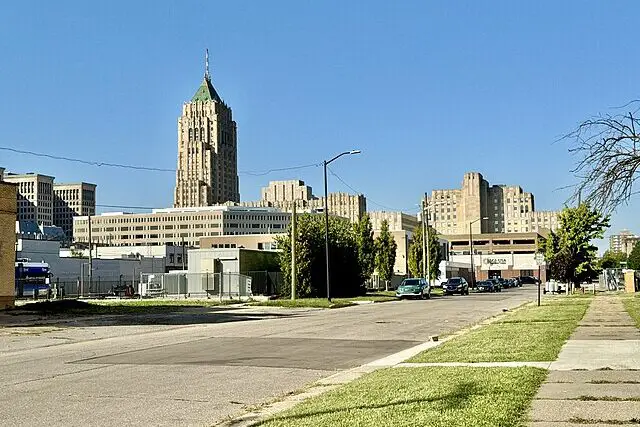
Detroit, once the thriving heart of American manufacturing, has faced massive struggles in recent decades, according to the Economy League. Once known as the “motor city” for its dominance in the automotive industry, it now carries the weight of a heavy economic decline. The city was devastated by factory closures, which led to massive unemployment. This also sparked an exodus of residents seeking better opportunities elsewhere. As of recent reports, the unemployment rate still hovers above the national average, making it a tough place for newcomers to thrive.
But beyond the economic collapse, Detroit struggles with crime and poor infrastructure. A recent surge in violent crime rates has put it on the radar as one of the most dangerous cities in the U.S. Homelessness has also become rampant, with many residents unable to secure affordable housing. Many of the city’s neighborhoods have been left to decay, with abandoned homes and empty lots all over. The failing school system further complicates matters for families, leaving them with fewer opportunities to build a future for their children. While efforts are being made to revitalize parts of the city, it still faces a long road ahead.
3. Pine Bluff, Arkansas
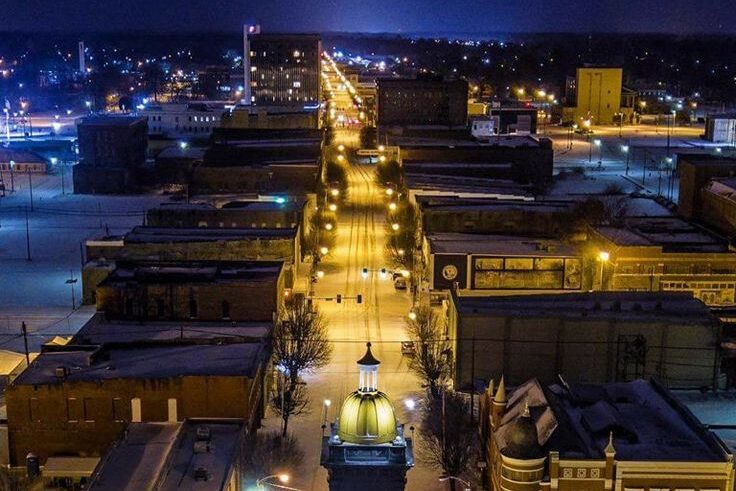
Pine Bluff faces high unemployment, low income levels, and significant crime rates, creating a tough environment for residents. The city’s economic challenges make it difficult to attract new businesses or improve public services. Those who remain often rely on tight community bonds to navigate the hardships, but the lack of resources limits progress. Pine Bluff has the potential to grow if given the right opportunities, yet for now, it remains a place where daily life is a constant effort. Residents hope for change, but they know it will take time and strong leadership to turn things around.
2. Bessemer, Alabama
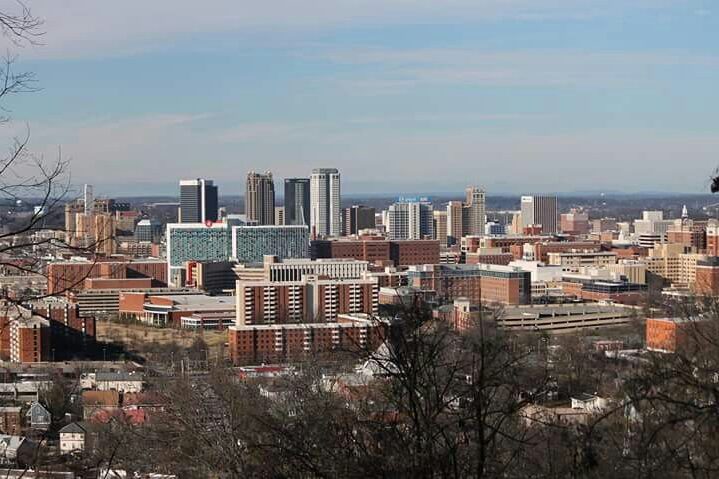
Bessemer consistently ranks near the bottom nationally for safety, education, and opportunity. Many families struggle to find stable work, and schools often lack the resources needed to help children succeed. Safety concerns add another layer of difficulty, making it challenging to attract new residents or businesses. The community spirit is still alive, but it is tested daily by these challenges. People here want better for their city, yet progress feels slow. Until meaningful changes are made, Bessemer will continue to face the same struggles that have kept it from reaching its full potential for far too many years.
1. Flint, Michigan
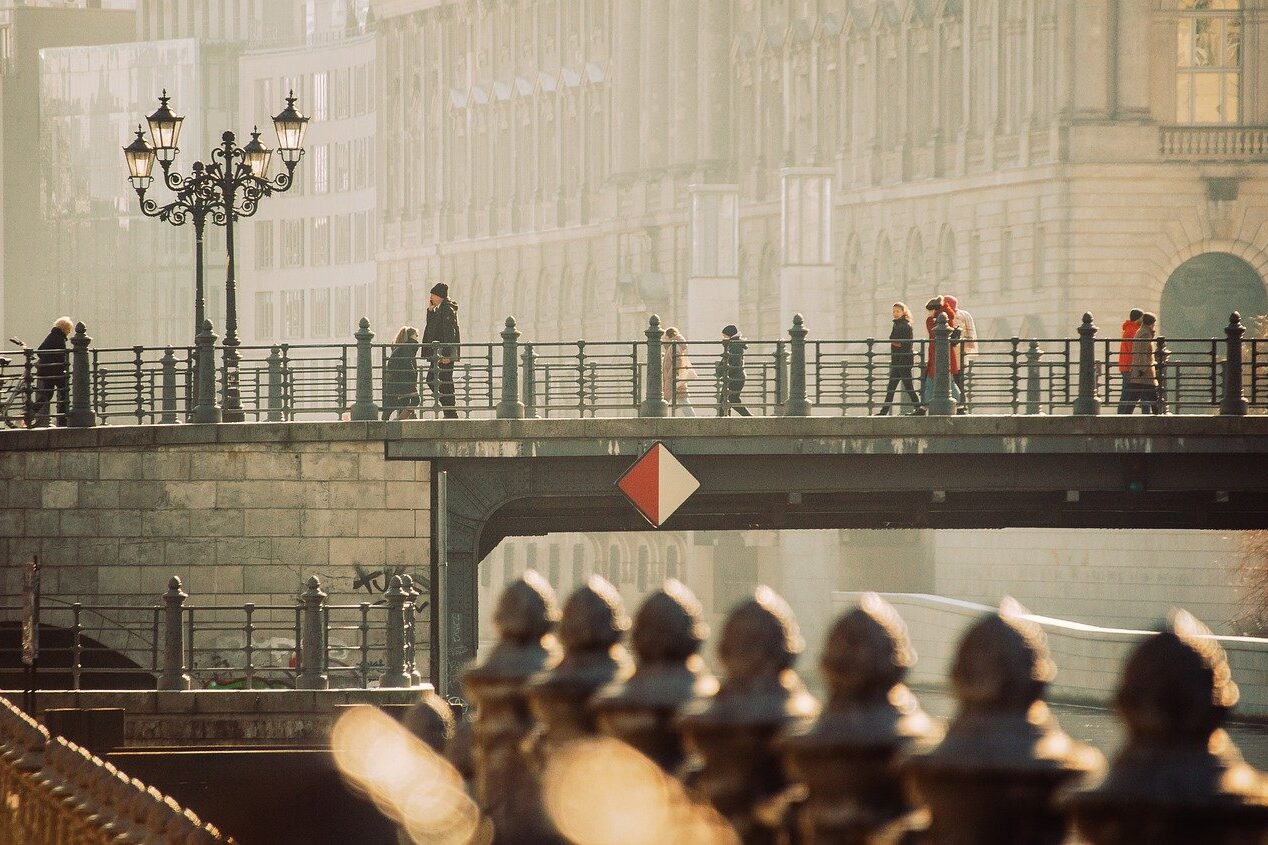
Flint, Michigan, is a city that gained national attention for its water crisis, but it has faced a number of other challenges long before that. Once a bustling hub for General Motors, Flint has seen its economy decline drastically as manufacturing jobs disappeared. The city has a high unemployment rate, and many of its residents live in poverty. Housing in Flint is often in poor condition, and many neighborhoods are abandoned. This has led to a significant loss of population over the years, with many families leaving in search of better opportunities elsewhere.
The water crisis in Flint brought the city even more negative attention, highlighting the local government’s failure to provide clean drinking water to its residents. The contamination of the water supply caused health issues for many people and led to widespread distrust in local authorities. Crime is also a concern in Flint, with property crime and violent crime being prevalent. While efforts have been made to clean up the city and rebuild its infrastructure, Flint’s combination of economic struggles, public health crises, and crime make it one of the least livable cities in America.
Most Desirable Cities in the U.S.
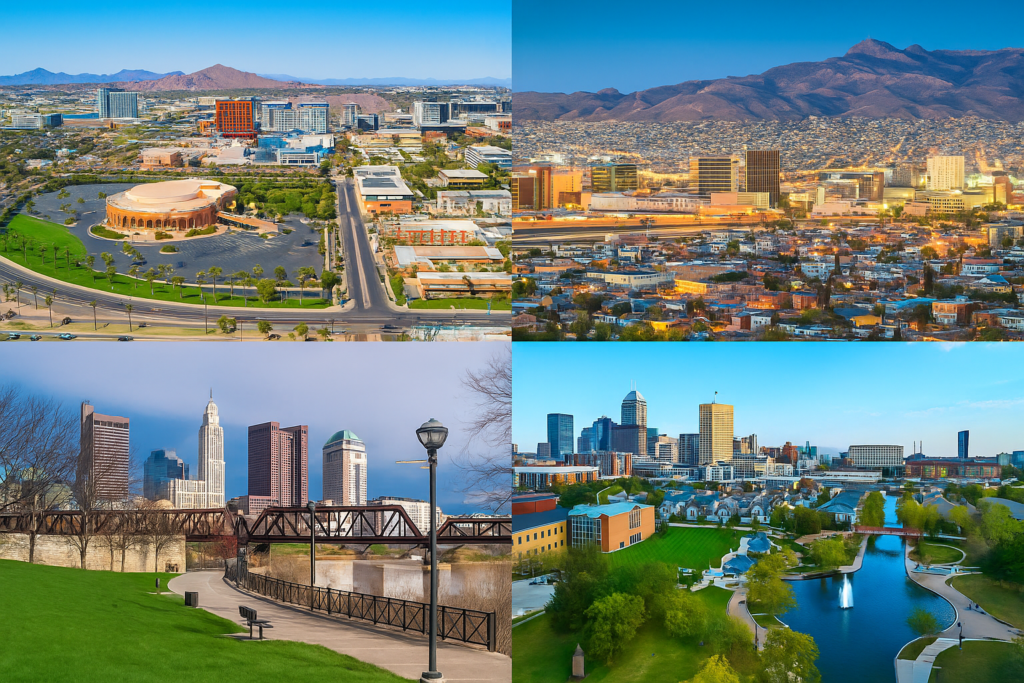
32. El Paso, Texas
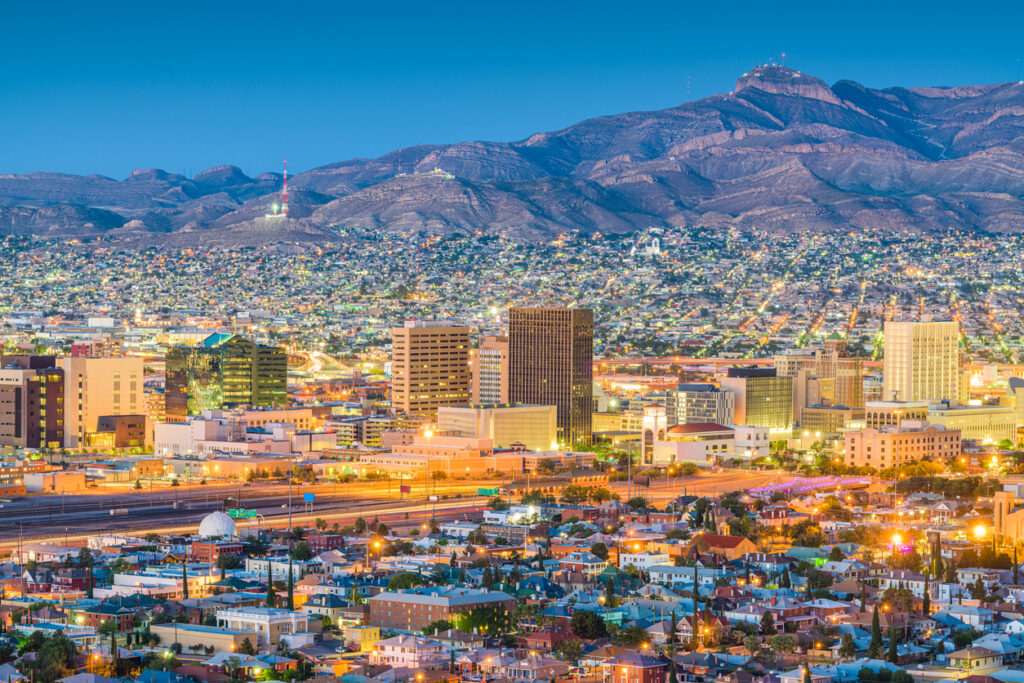
El Paso’s desert warmth is more than weather; it’s in the way people greet each other and look out for one another. The city offers affordability and safety that make it attractive for families and retirees alike. Crime rates are lower than many urban areas, and the pace of life allows for more time spent enjoying the things that matter. With its rich cultural heritage and easy access to both city amenities and outdoor adventures, El Paso provides a comfortable mix of stability and vibrancy. It’s a place where life can be sunny in more ways than just the sky.
31. Indianapolis, Indiana
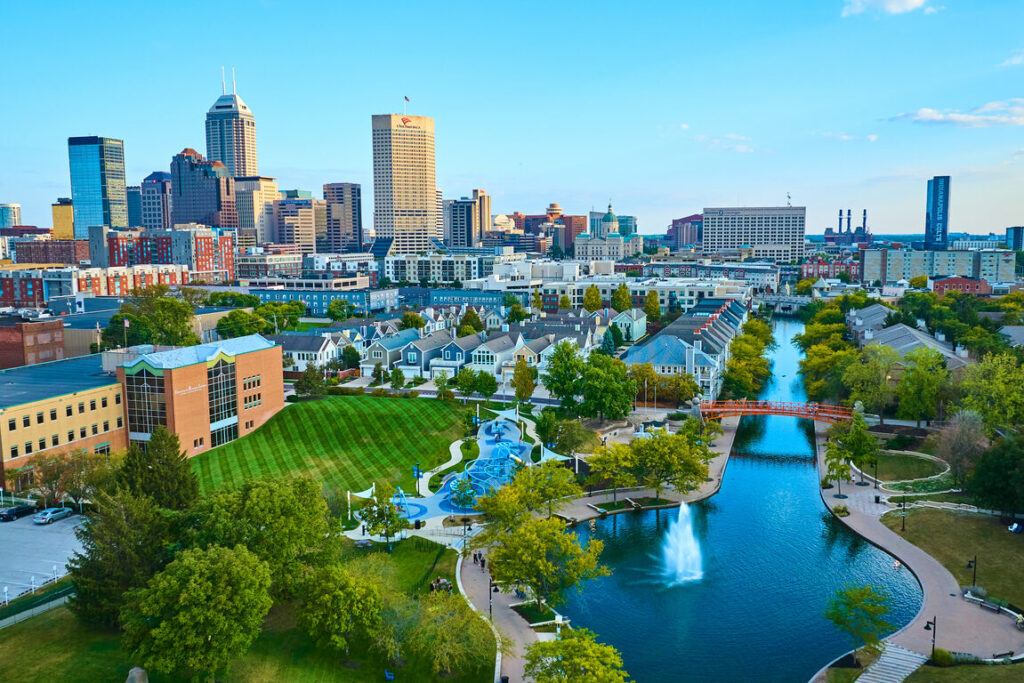
Indianapolis blends the benefits of a growing city with a cost of living that keeps life manageable. The tech sector is expanding, adding to a job market that already supports a variety of industries. Sports culture thrives here, and there is no shortage of festivals, museums, and community events. Neighborhoods maintain a friendly, approachable feel, making it easy to put down roots. For those seeking balance, Indianapolis delivers opportunity without overwhelming chaos. It’s a city where you can dream big, pursue meaningful work, and still come home to a community that feels connected and welcoming after the day is done.
30. Columbus, Ohio
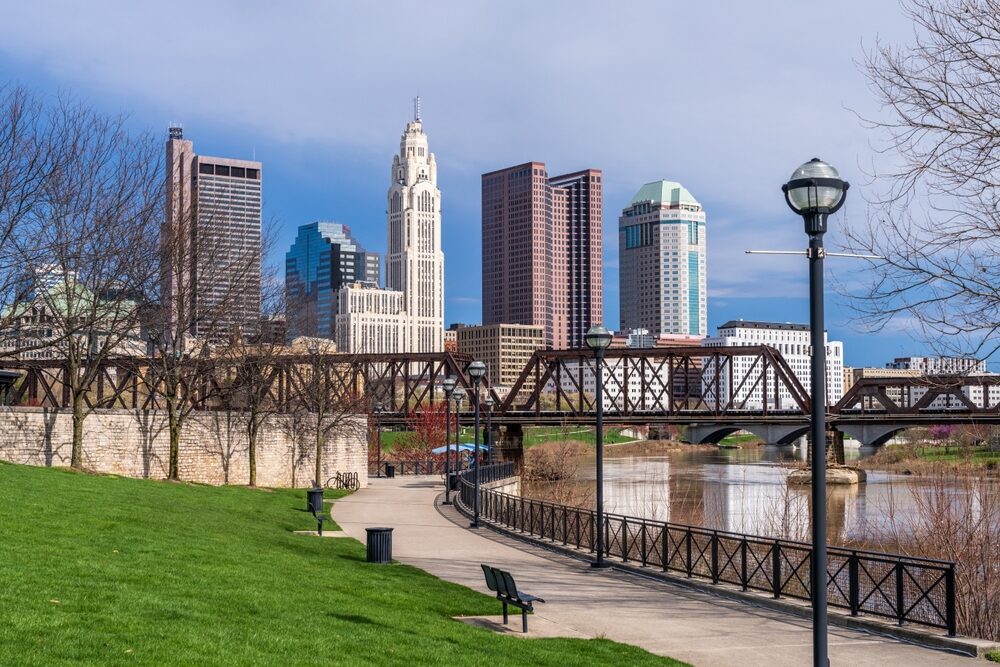
Columbus offers the best of both a college town and a growing metropolitan area. Its strong university presence fuels a dynamic cultural scene while contributing to a steady job market. Tech and healthcare sectors are thriving, bringing opportunities for young professionals and seasoned workers alike. The cost of living remains manageable, especially compared to other growing cities. Green spaces, walkable neighborhoods, and community-focused events help keep life grounded. People here take pride in their city’s growth while still maintaining a sense of Midwest friendliness. It’s a place where ambition and approachability live side by side, making it easy to belong.
29. Mesa, Arizona
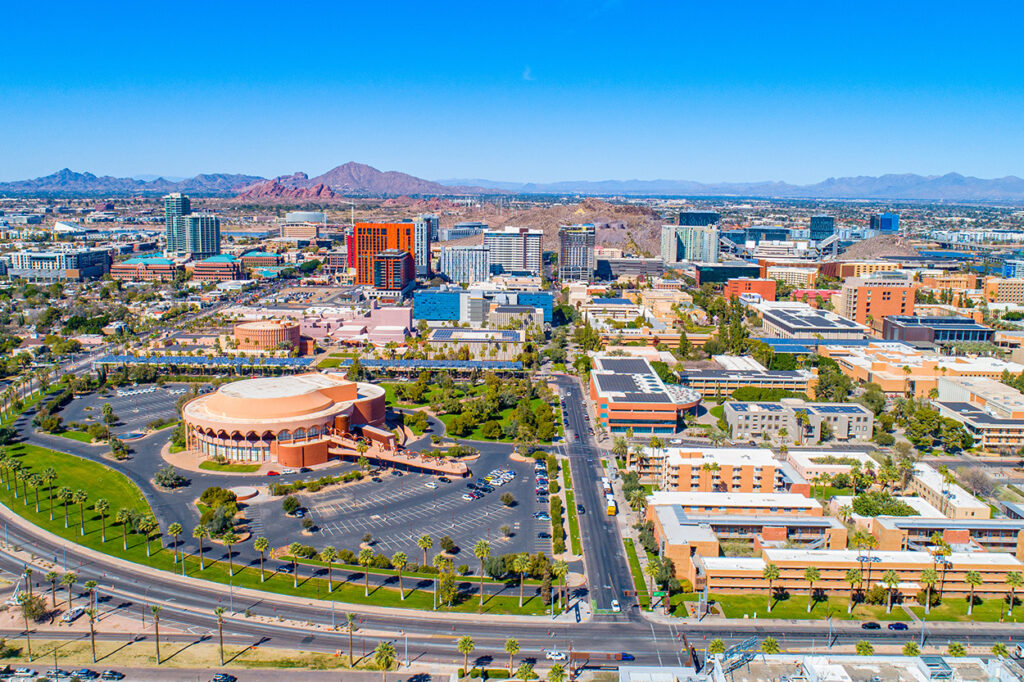
Mesa’s appeal lies in its combination of safety, cleanliness, and access to natural beauty. Residents enjoy a comfortable pace of life, with hiking trails, parks, and scenic drives never far away. The city is well-maintained, and public spaces are inviting for families and individuals alike. While it has grown significantly, it still retains a sense of calm that larger cities often lose. Mesa offers reliable infrastructure, strong schools, and a community atmosphere that makes daily life smoother. It’s a place where you can work, raise a family, and enjoy the outdoors without sacrificing the conveniences of a modern city.
28. Boise, Idaho
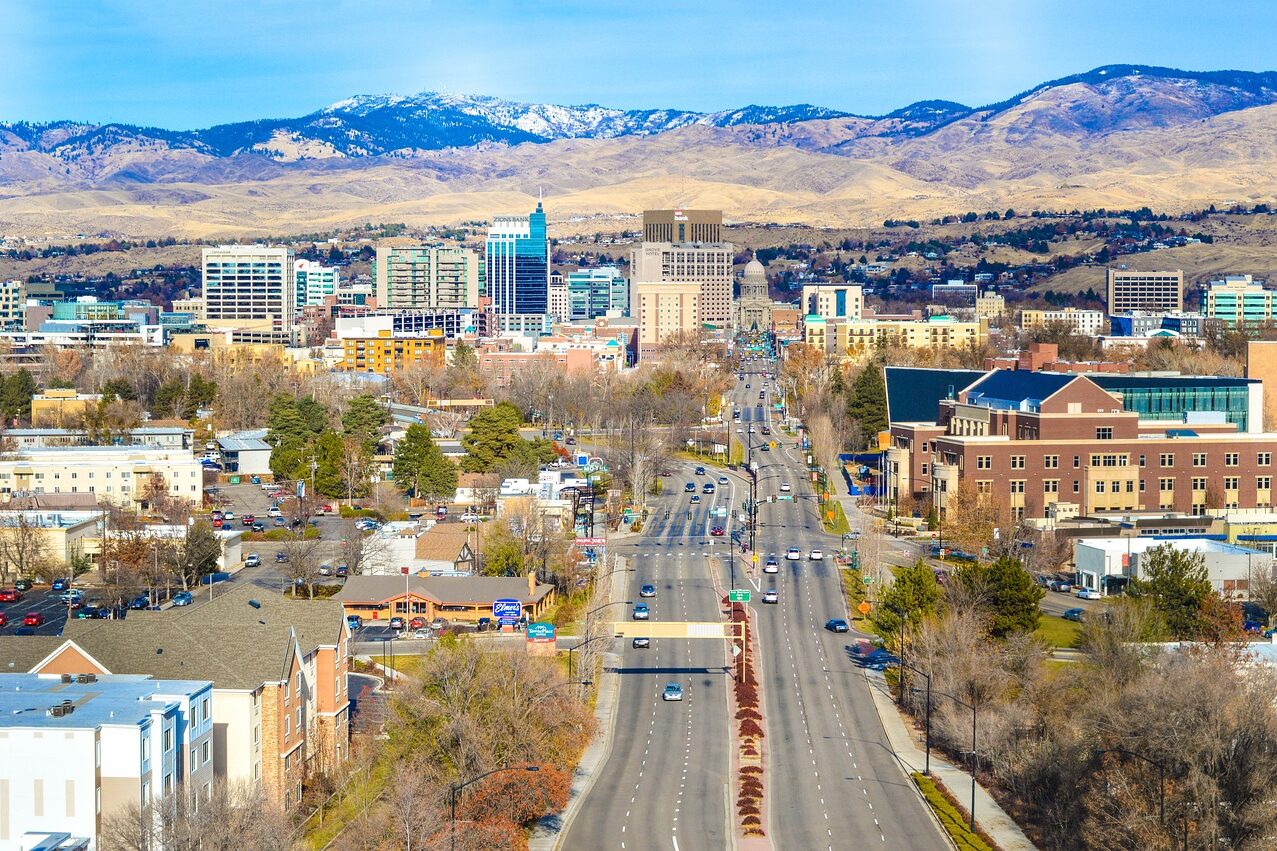
Boise, Idaho, has been making waves as one of the most desirable places to live in the U.S. in recent years. Known for its outdoor recreation opportunities, Boise offers easy access to activities like hiking, skiing, and mountain biking. The city is also gaining attention for its growing tech industry, with many startups and established tech companies opening up shop in the area. Boise’s job market is thriving, and its economy is diverse with opportunities in healthcare, education, and manufacturing as well. The low unemployment rate and high quality of life are key reasons why people are flocking to the city.
In addition to its outdoor lifestyle, Boise has a vibrant arts and culture scene. The city hosts a number of music festivals, art galleries, and theaters, creating a dynamic environment for creative professionals. Boise also has a strong sense of community, with friendly residents and a relaxed, welcoming atmosphere. The cost of living in Boise is relatively low compared to other desirable cities, making it a great option for those who want to enjoy a high quality of life without breaking the bank. Whether you’re drawn to the outdoor lifestyle, the job opportunities, or the friendly community, Boise has a lot to offer.
27. Raleigh, North Carolina
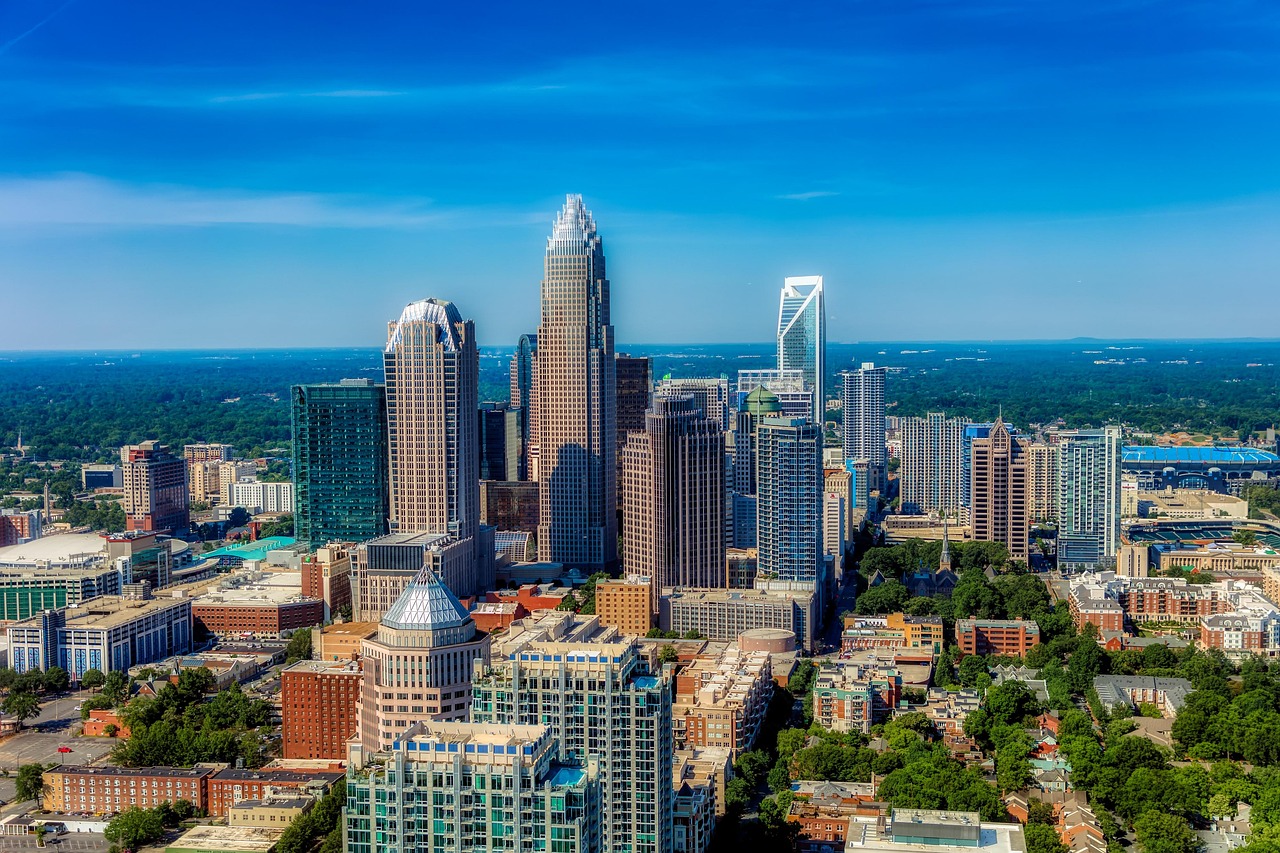
Raleigh, North Carolina, is one of the fastest-growing cities in the U.S., thanks to its combination of low cost of living, job opportunities, and overall quality of life. The city is known for its tech industry, especially in research and development, and is home to numerous tech companies. Raleigh’s proximity to the Research Triangle Park, one of the largest research parks in the world, makes it an attractive location for professionals in science, technology, and healthcare. The city offers a wide range of jobs across various industries, contributing to its consistently low unemployment rate.
Raleigh’s livability is enhanced by its family-friendly atmosphere, excellent public schools, and plentiful outdoor spaces. The city is home to more than 200 parks, making it easy to get outside and enjoy nature. Raleigh is also known for its food scene, with a wide variety of local eateries serving Southern comfort food, international cuisines, and craft beverages. Additionally, the city offers a relatively affordable cost of living compared to larger cities like New York or San Francisco. With its combination of economic opportunity, outdoor beauty, and affordability, Raleigh has earned its place as one of the most desirable cities to live in the U.S.
26. Charlotte, North Carolina
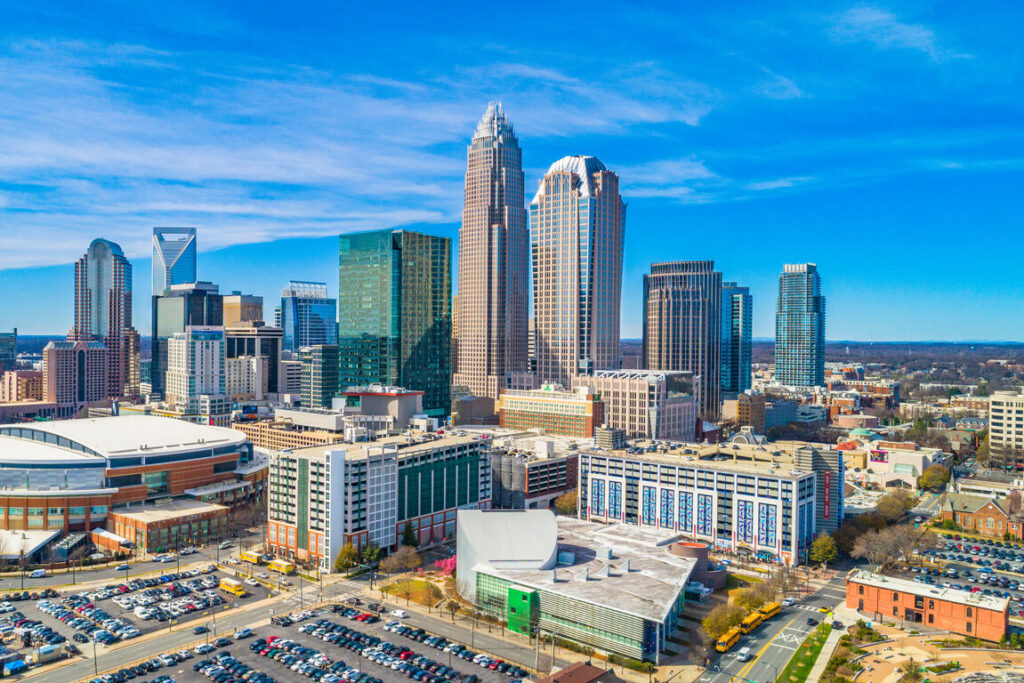
Charlotte’s rapid growth has brought an energy that’s hard to miss. It is now one of the fastest-growing economies in the country, with thriving finance, tech, and healthcare sectors. The downtown area buzzes with activity, while the surrounding neighborhoods offer more relaxed living. Public spaces and greenways give residents a reason to get outside, and community events keep the calendar full. Despite its size, Charlotte maintains a friendly and approachable atmosphere, making it easier for newcomers to feel at home. It’s a city that combines the excitement of opportunity with the comfort of southern hospitality in everyday interactions.
25. Omaha, Nebraska
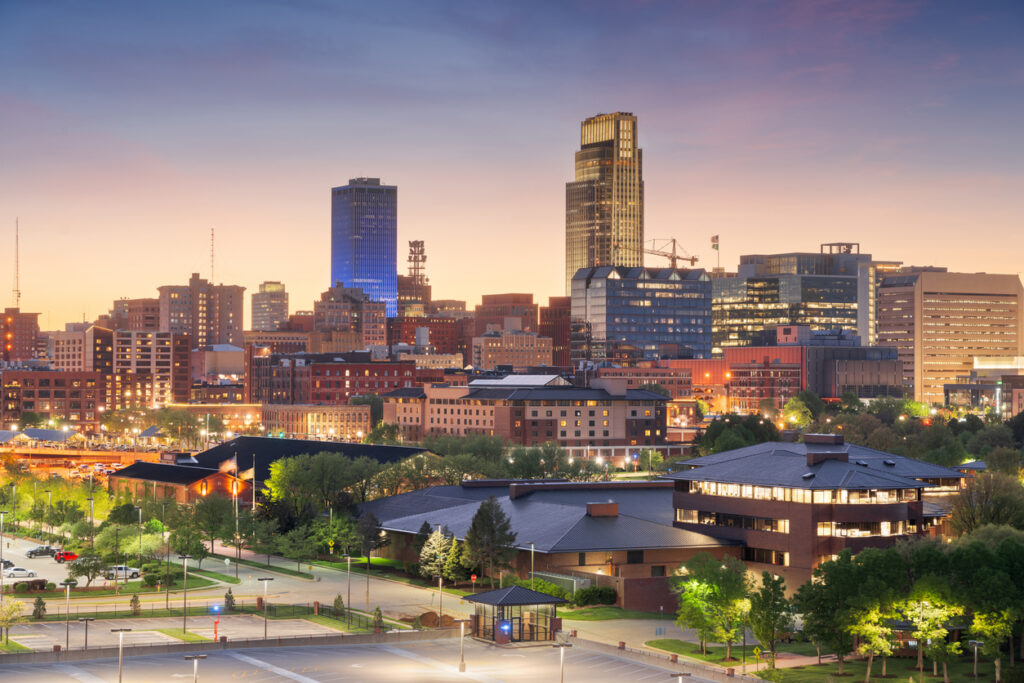
Omaha has built a reputation for affordability, safety, and family-friendly living. The job market is stable, and the city’s business community continues to grow in sectors like finance, insurance, and healthcare. Neighborhoods are well-kept, schools are strong, and public amenities are accessible. The sense of community here is genuine, with people often stepping in to help their neighbors. Omaha’s charm is in its steadiness; it’s not a flashy city, but it delivers on the essentials that make life comfortable and predictable. For families and individuals alike, it offers the chance to build a secure, balanced life without unnecessary complication.
24. Greenville, South Carolina
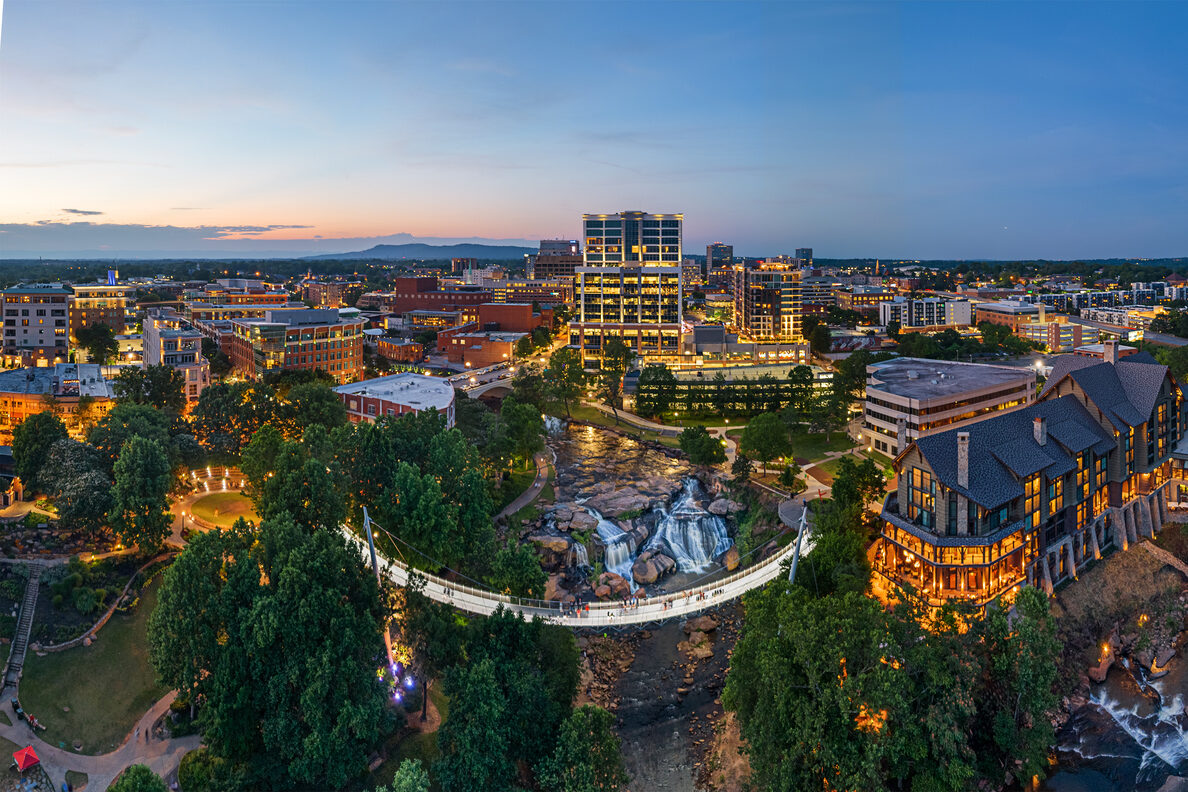
Greenville’s revitalized downtown has transformed it into one of the most talked-about small cities in the South. A growing job market, driven by manufacturing and technology, adds to its appeal. The city is walkable, with local shops, restaurants, and green spaces creating a lively yet relaxed atmosphere. Residents appreciate the balance of opportunity and lifestyle, with outdoor recreation just minutes away. Greenville’s growth has brought in new energy while still keeping its sense of community. It’s the kind of place where you can enjoy a Friday night downtown and a Saturday morning hike without leaving the feeling of home behind.
23. Madison, Wisconsin
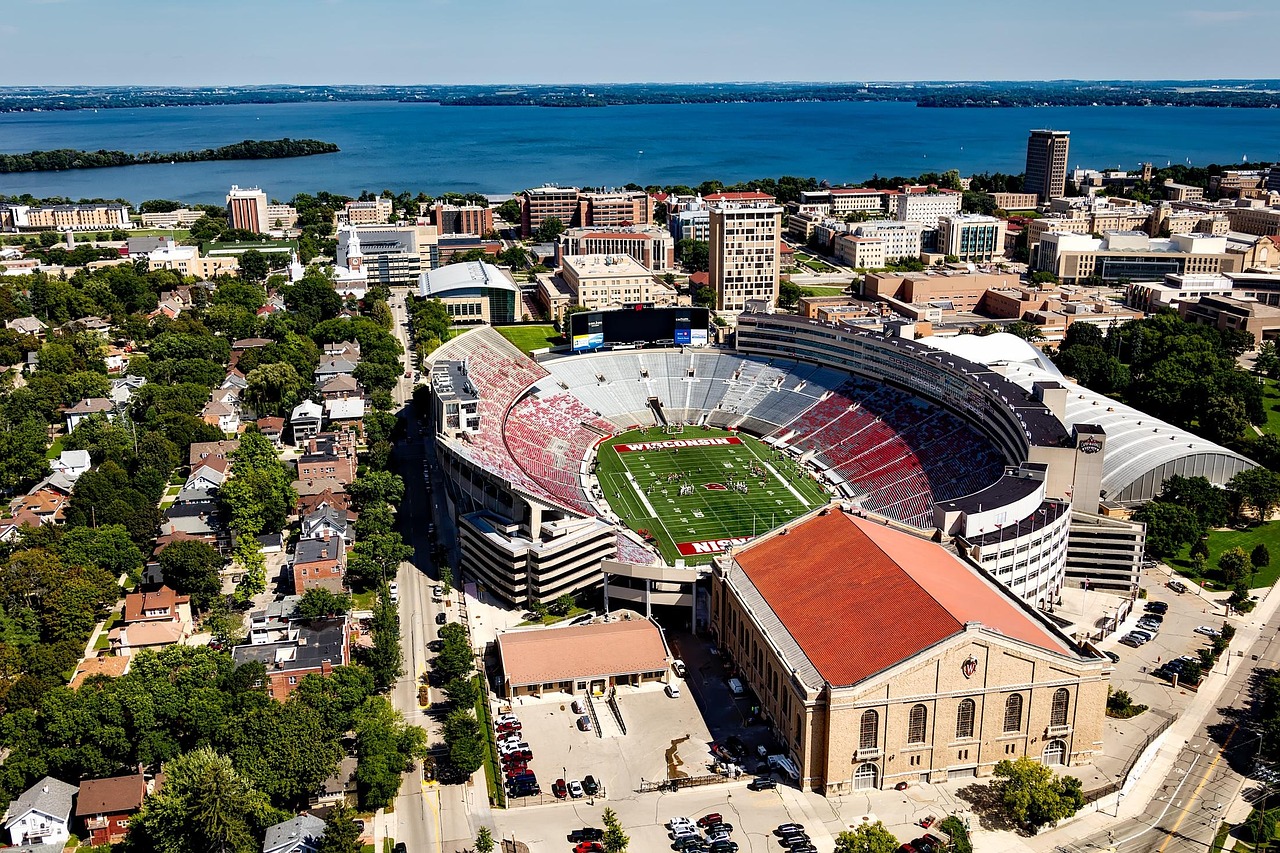
Madison, Wisconsin, is another city that has become a favorite for people looking for a balance of work, family life, and outdoor activity. The city is home to the University of Wisconsin, which helps drive its strong economy and vibrant cultural scene. With numerous research opportunities and a thriving tech industry, Madison has plenty of job options for educated professionals. The university also provides a diverse, intellectual atmosphere that attracts people from all walks of life.
Madison is also known for its natural beauty and outdoor activities. The city is surrounded by lakes, parks, and nature reserves, providing opportunities for hiking, biking, and water activities. The vibrant downtown area is home to farmers’ markets, art galleries, and theaters, offering a blend of cultural and recreational options. Madison’s relatively low cost of living compared to major cities, along with its strong economy and high quality of life, make it a highly desirable city. Whether you’re looking for career opportunities, outdoor adventures, or a strong sense of community, Madison delivers.
22. Boulder, Colorado
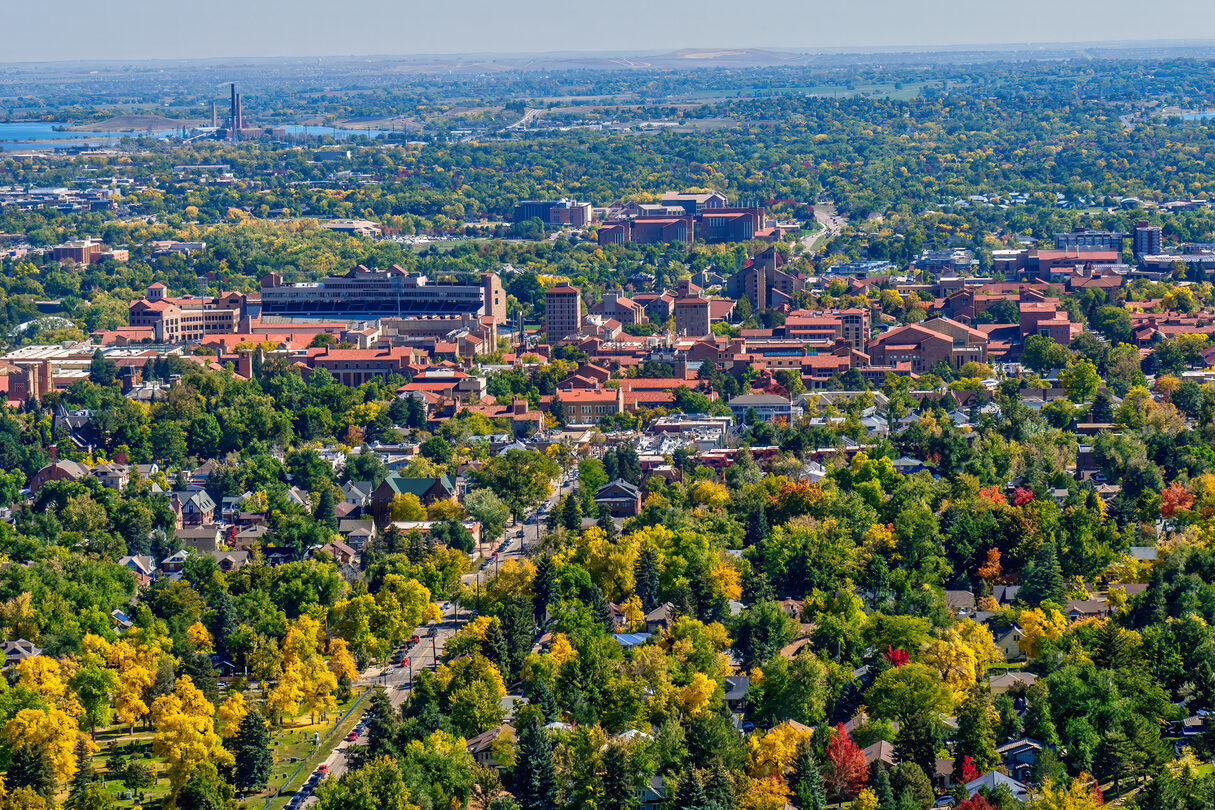
Boulder is known for its high rankings in health, happiness, and overall quality of life. Nestled at the base of the Rockies, it offers residents a beautiful backdrop for hiking, cycling, and other outdoor activities. The city’s focus on sustainability and wellness is reflected in its parks, local food scene, and community programs. The job market is strong, especially in tech and education, and crime rates remain low. Boulder’s atmosphere blends small-town friendliness with the sophistication of a college city, making it a place where people can enjoy both career growth and a balanced, active lifestyle surrounded by natural beauty.
21. Columbia, Maryland
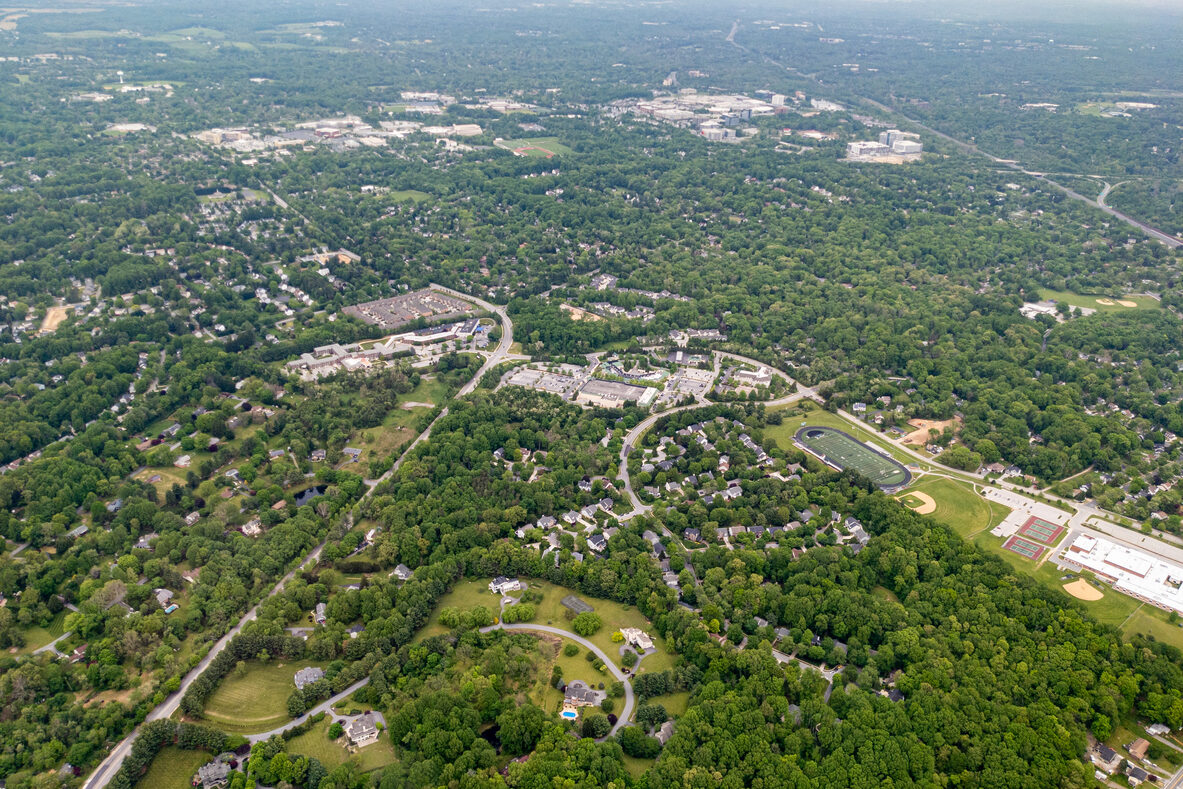
Columbia was designed to be a model community, and it shows in its well-maintained neighborhoods, extensive green spaces, and top-rated schools. The city offers a diverse range of housing options, making it accessible for different income levels while maintaining high quality. Residents enjoy a variety of cultural events, community centers, and outdoor recreation opportunities. The job market is healthy, supported by proximity to Baltimore and Washington, D.C. Columbia feels intentional in its design, promoting both safety and connection among neighbors. It’s a place where everyday life is smoother because the foundations for comfort and opportunity are built right into the community.
20. Plano, Texas
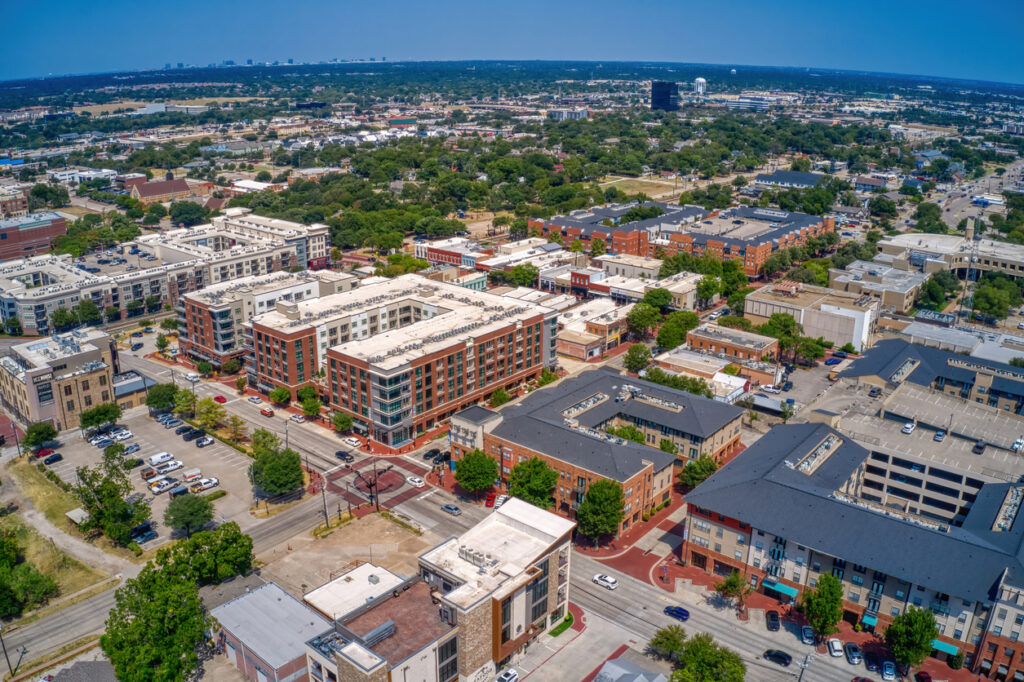
Plano stands out for its exceptional safety, strong economy, and clean, well-kept neighborhoods. Families appreciate the highly rated schools, while professionals value the city’s proximity to Dallas without the downsides of a big metropolitan center. Public parks and community events add to the city’s appeal, creating a lively yet comfortable atmosphere. Plano’s business community is diverse, with opportunities in finance, technology, and manufacturing. Its reputation for stability attracts people who want a dependable place to settle down. Life here feels orderly and secure, making it easier to focus on personal and professional goals while still enjoying a connected community.
19. Overland Park, Kansas
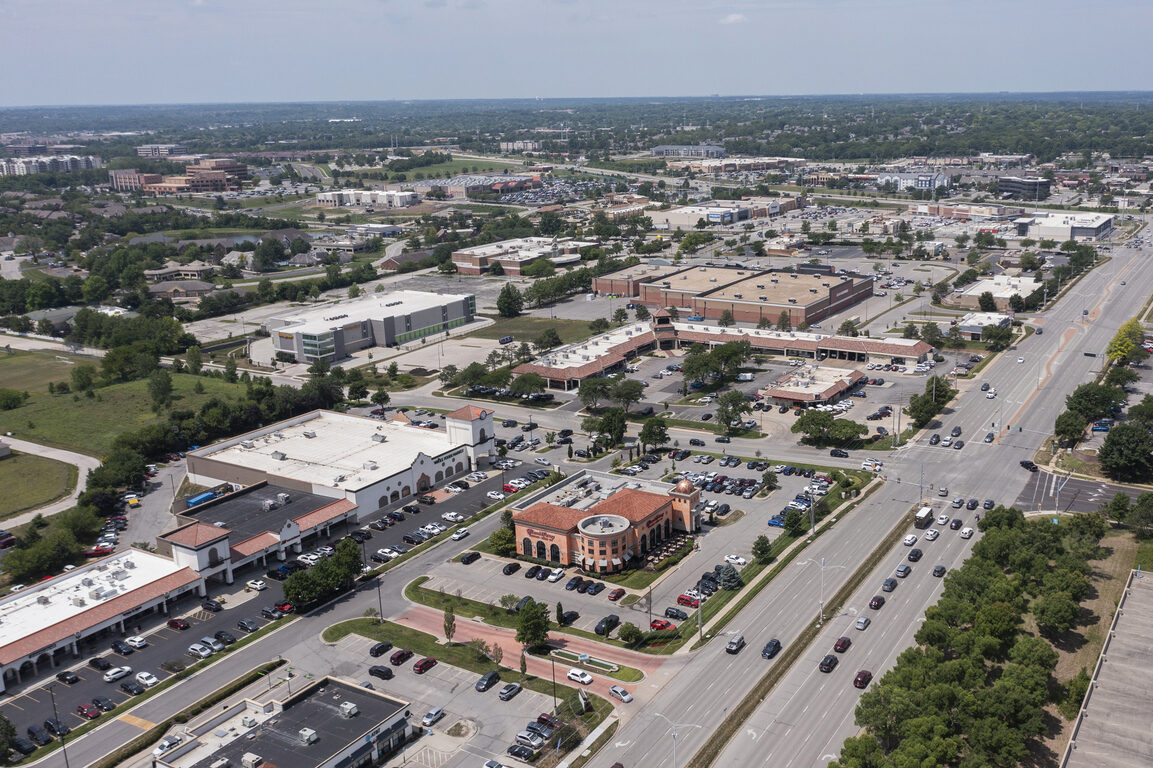
Overland Park offers an impressive mix of strong schools, low unemployment, and well-maintained neighborhoods. It’s the kind of city where people look out for one another, and that sense of care extends to public services and community spaces. Parks, trails, and family-friendly events keep life active without feeling rushed. The economy is healthy, supported by industries like healthcare, finance, and retail. Overland Park’s charm lies in its quiet confidence, it’s not trying to compete with flashy cities, yet it consistently delivers on the essentials. Residents here enjoy a safe, comfortable lifestyle with the reassurance that their community is built to last.
18. Bellevue, Washington
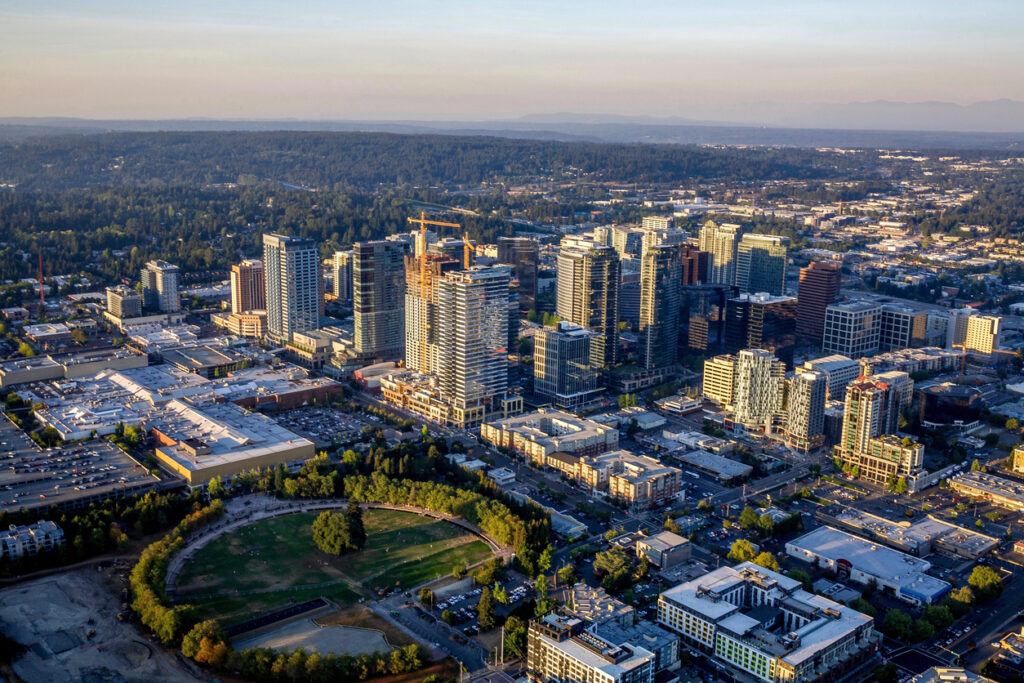
Bellevue offers the perks of being near Seattle without the higher crime rates or congestion that often come with a larger city. The economy is thriving, driven by tech companies and a strong retail sector. Residents enjoy clean, walkable neighborhoods, excellent schools, and access to parks and waterfront views. Cultural amenities like museums, theaters, and dining options make daily life rich and varied. Bellevue feels modern yet grounded, offering a balance of opportunity and comfort. It’s the kind of place where you can grow your career, raise a family, and still have time to enjoy the natural beauty around you.
17. Berkeley, California
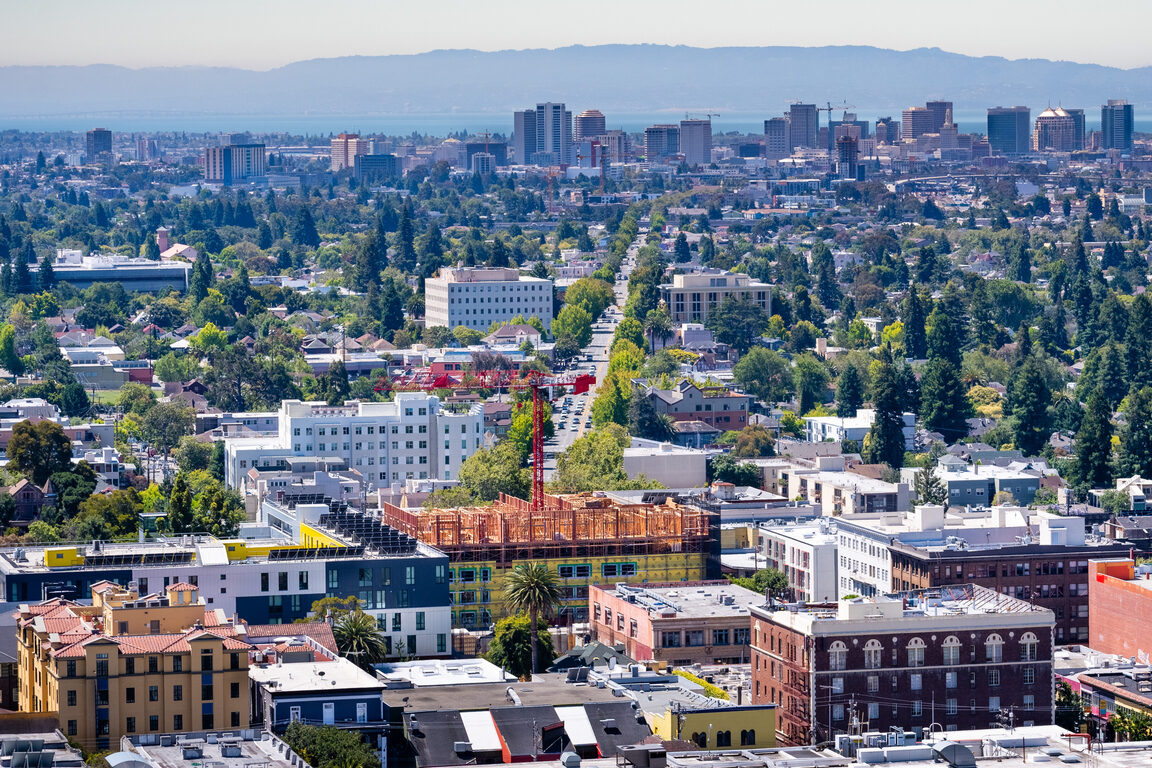
Berkeley’s diversity and intellectual energy make it a standout in the Bay Area. Home to the University of California, the city thrives on innovation, arts, and community engagement. Walkable streets, public transit, and vibrant neighborhoods create a sense of connection among residents. The food scene is varied and rich, reflecting the city’s cultural mix. Access to the outdoors, from the bay to the hills, adds to its appeal. While living costs are high, the quality of life is bolstered by a strong job market and an atmosphere that encourages lifelong learning and creativity, making it a unique place to call home.
16. Flower Mound, Texas
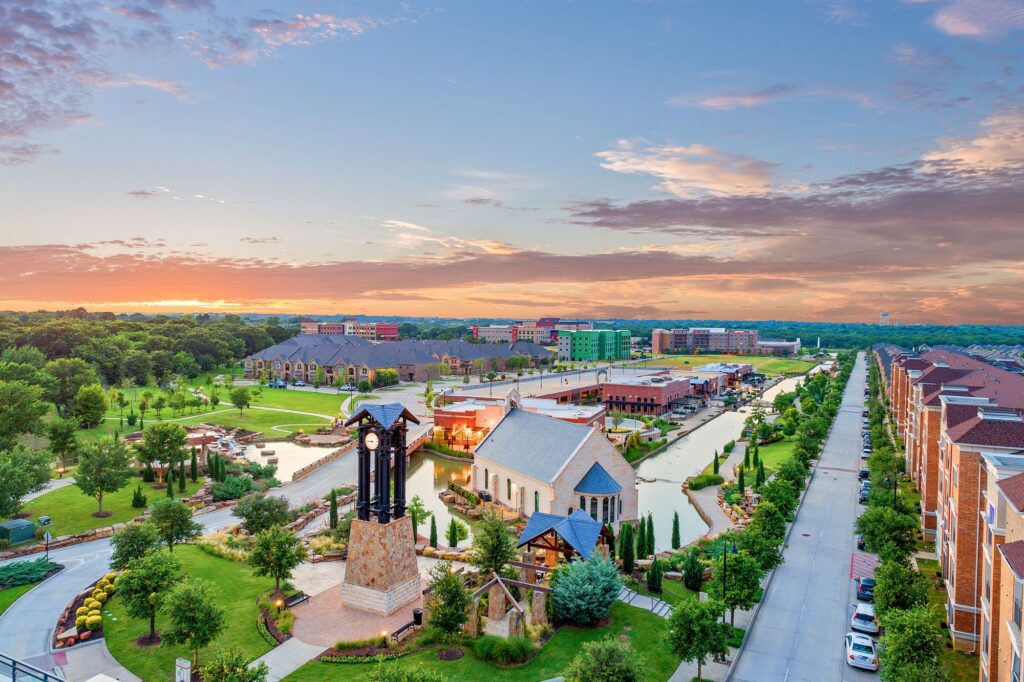
Flower Mound’s reputation as one of the best suburbs in the country comes from its blend of comfort, safety, and community spirit. The city is known for excellent schools, well-kept neighborhoods, and abundant parks and trails. Residents enjoy a slower pace without sacrificing access to nearby Dallas for work or entertainment. Flower Mound’s community events and local businesses give it a welcoming, small-town feel, even as it grows. For families, it offers an environment where children can thrive, and adults can find both career opportunities and a strong social network. It’s the kind of place that makes settling down easy.
15. Irvine, California
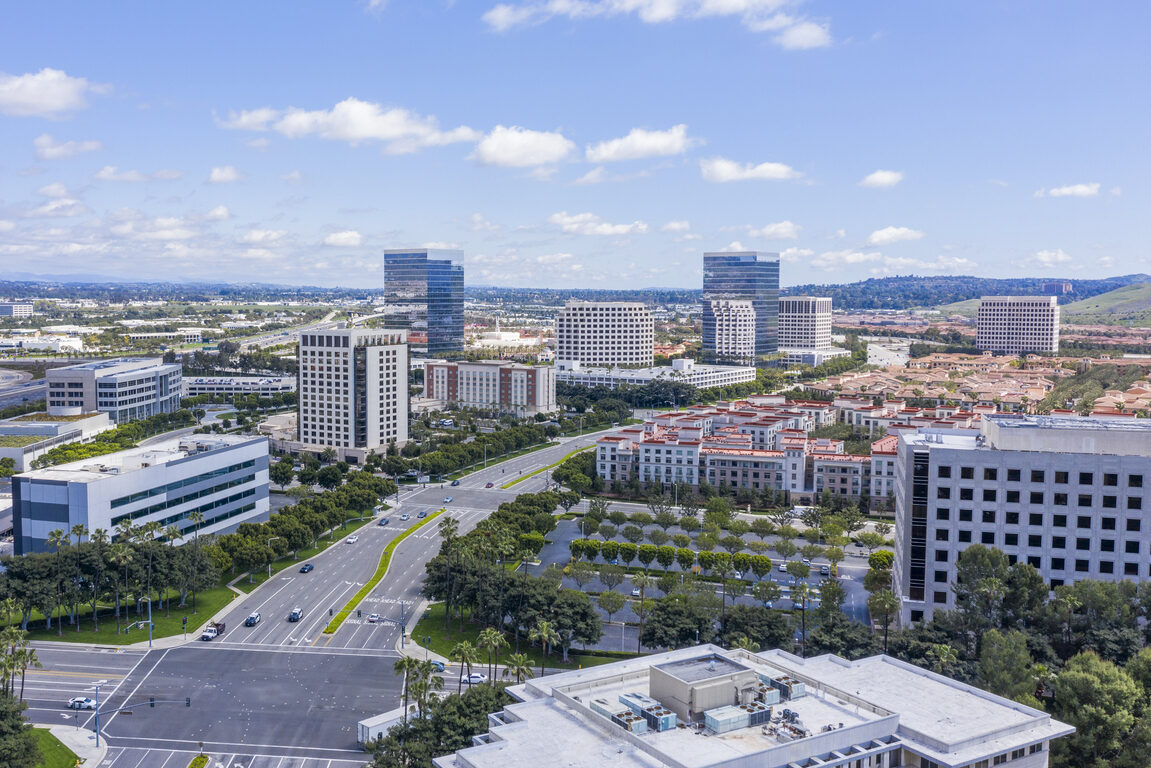
Irvine’s master-planned layout ensures that neighborhoods are safe, clean, and well-connected. The city consistently ranks high for quality of life, offering top schools, extensive parks, and a thriving economy driven by technology, education, and healthcare. Residents appreciate the sense of order and attention to detail in public spaces, making daily life smoother. Irvine’s diversity brings a wide range of cultural experiences, from dining to festivals. Its location offers easy access to beaches and mountains, making outdoor activities part of everyday life. It’s a polished, efficient city that still finds room for warmth and community connection among its residents.
14. Cambridge, Massachusetts
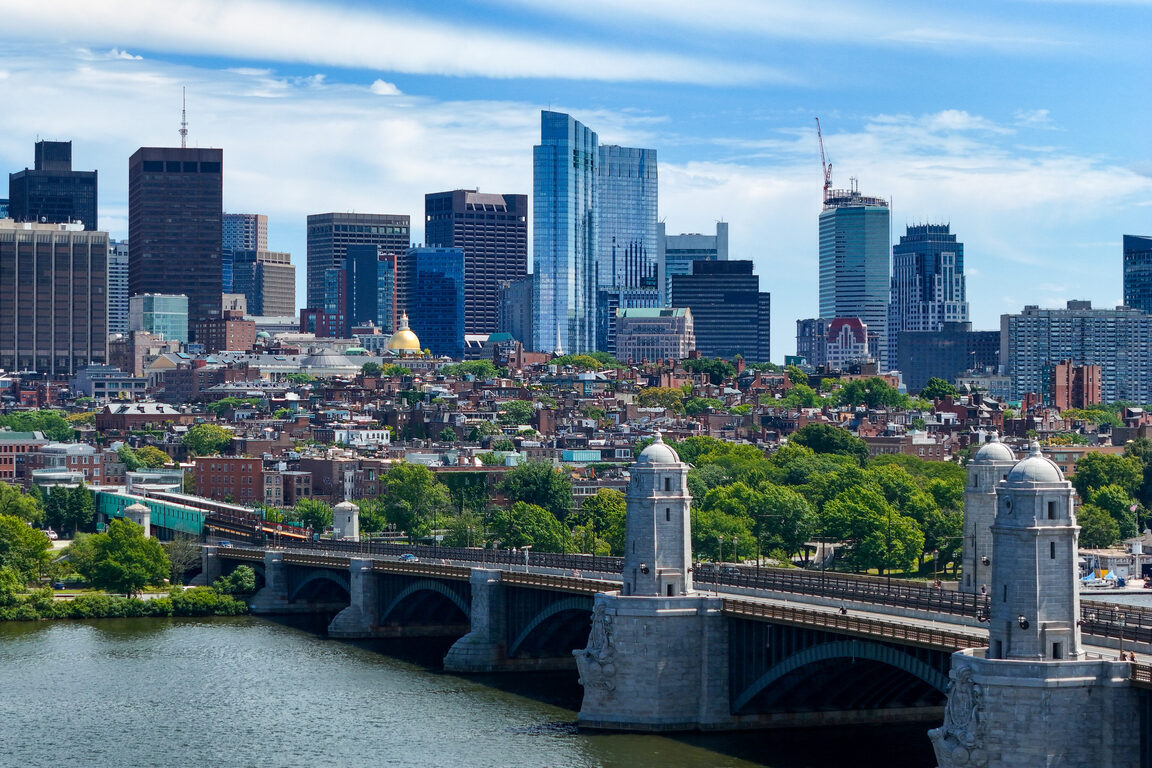
Cambridge blends academic prestige with rich history, creating a unique environment where ideas and tradition live side by side. Home to Harvard and MIT, it’s a hub for education, research, and cultural exploration. The city’s neighborhoods are walkable and filled with character, from historic homes to bustling markets. Residents enjoy access to parks, museums, and theaters, all within a compact, connected area. While the pace can be fast, the community values learning and engagement, making it easy to find like-minded neighbors. Cambridge offers the opportunity to grow personally and professionally while living in a place steeped in cultural depth.
13. The Woodlands, Texas
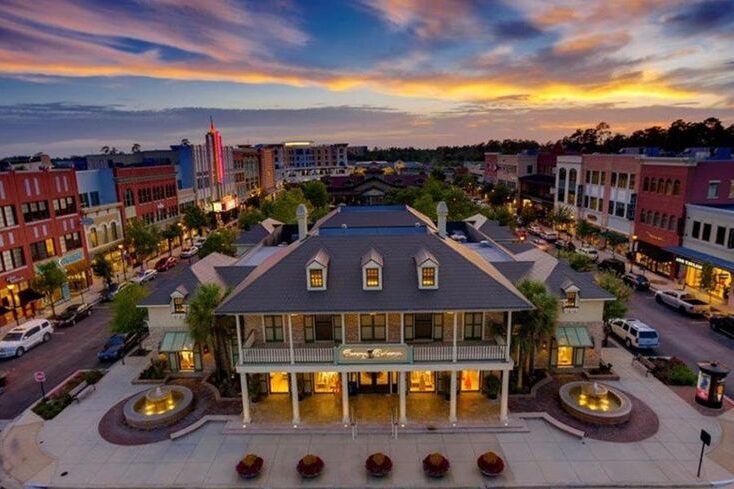
The Woodlands offers a suburban lifestyle with amenities that rival those of a larger city. Thoughtful planning has created neighborhoods surrounded by parks, trails, and lakes, encouraging outdoor living. The economy is strong, supported by energy, healthcare, and retail industries, providing residents with a wide range of career opportunities. Schools are highly rated, and crime rates remain low, adding to the appeal for families. The community atmosphere is welcoming, with regular events and gatherings that bring people together. It’s a place where you can enjoy peaceful living without giving up access to cultural and economic opportunities close to home.
12. Fremont, California
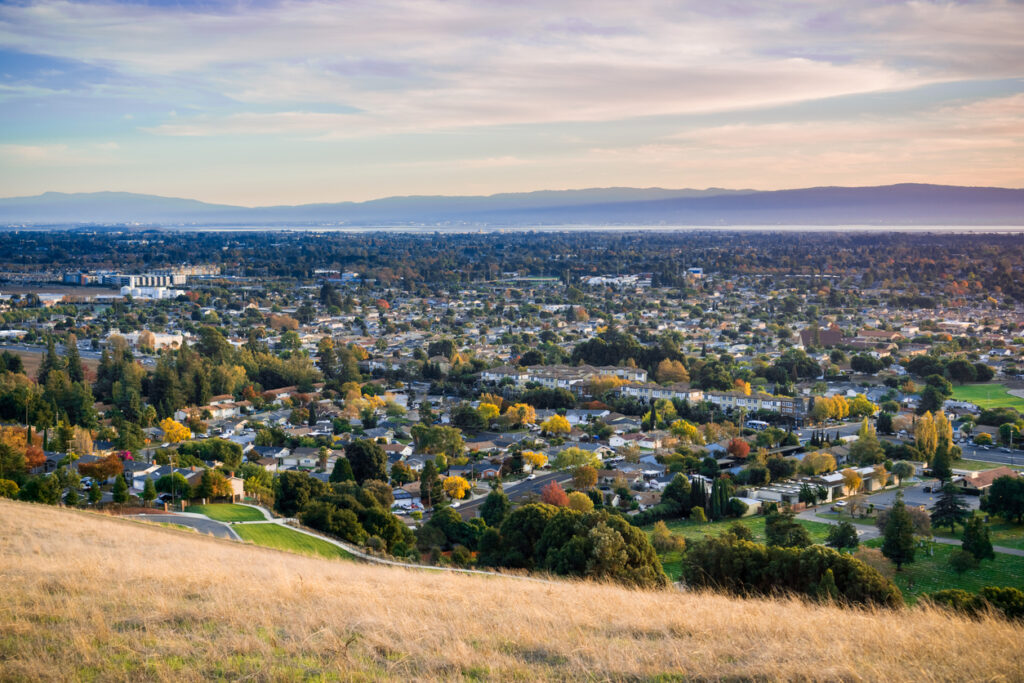
Fremont consistently ranks among the happiest cities in the United States, and it’s easy to see why. Strong job opportunities, particularly in technology and manufacturing, combine with excellent schools and safe neighborhoods to create a high quality of life. Parks, hiking trails, and cultural centers give residents plenty of options for leisure. The city’s diversity enriches daily life with varied food, traditions, and events. Fremont’s growth has been managed in a way that maintains livability, making it a model for other growing cities. It’s a place where residents can feel secure, supported, and part of a community that is thriving.
11. Cary, North Carolina
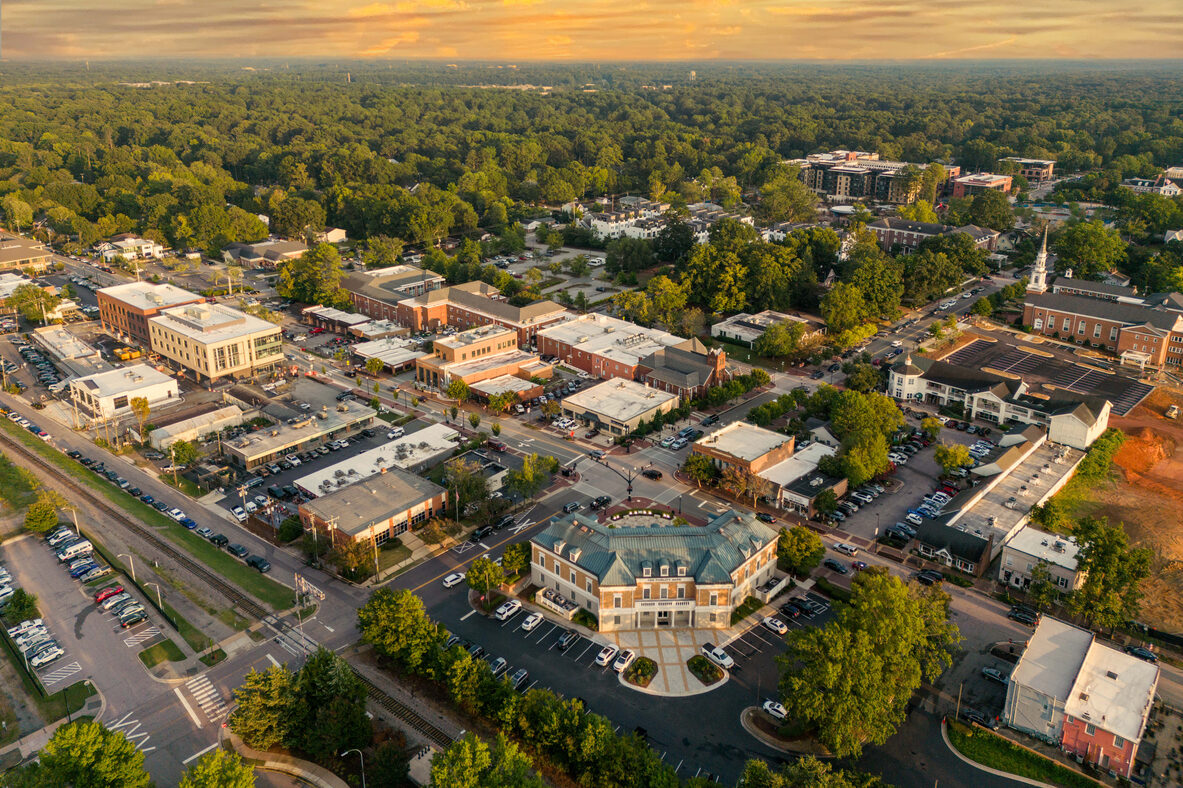
Cary offers a combination of safety, affordability, and access to the larger Raleigh metro area. Its neighborhoods are clean and well-maintained, and schools consistently perform well. The economy benefits from the region’s growth in tech, research, and healthcare, providing job opportunities close to home. Parks, greenways, and community programs create a family-friendly atmosphere. Residents appreciate the balance between small-town comfort and metropolitan convenience. Cary’s steady growth has been matched by careful planning, ensuring it remains a place where people can put down roots with confidence. It’s a city where life runs smoothly and communities stay connected.
10. Naperville, Illinois
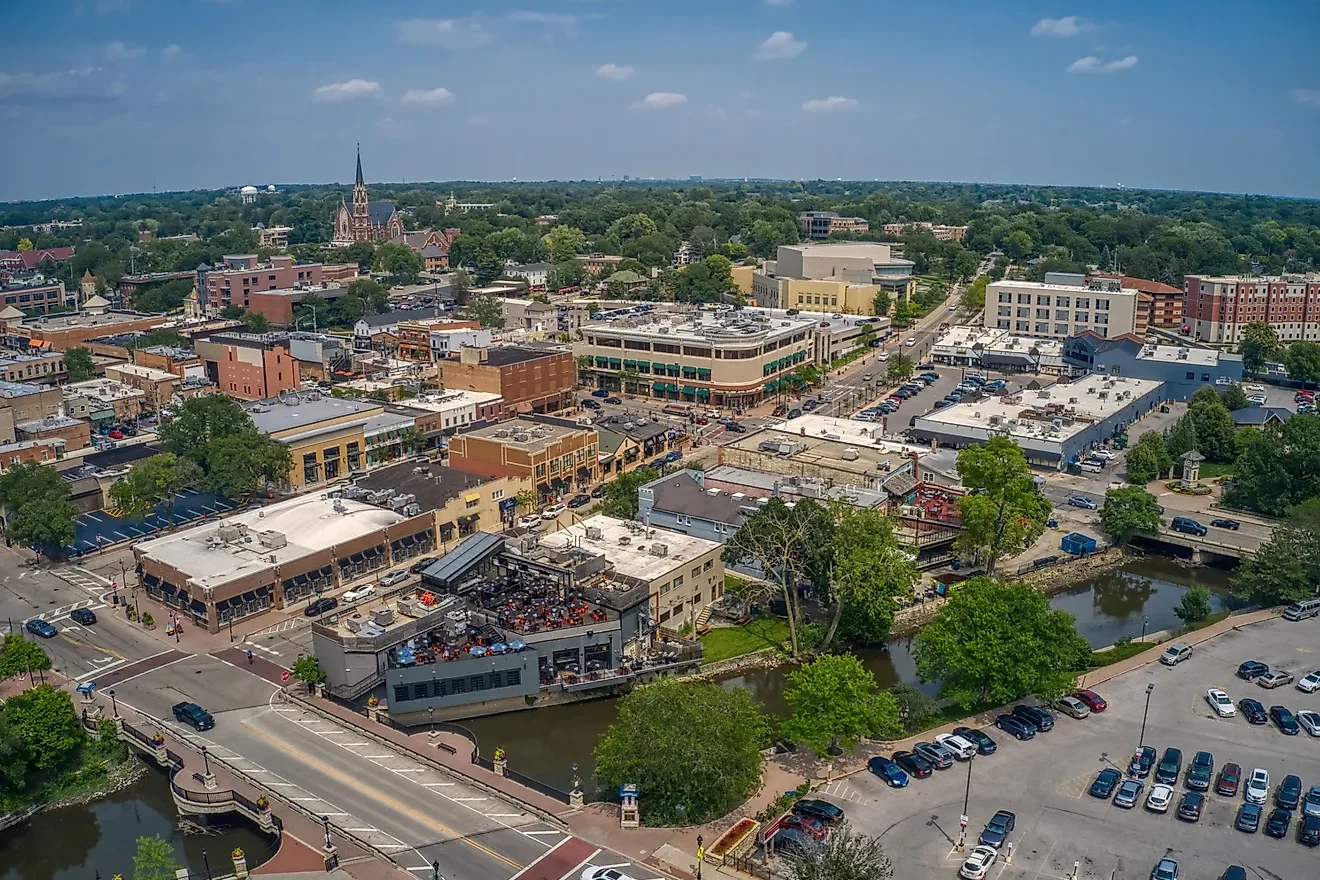
Naperville continues to rank among the top cities to live in the United States, thanks to its strong schools, safe neighborhoods, and vibrant downtown. The city’s Riverwalk is a community centerpiece, offering a scenic spot for walks, events, and relaxation. Residents enjoy a variety of parks, cultural activities, and local businesses that keep life interesting. The economy is strong, with opportunities in sectors like finance, healthcare, and education. Naperville’s combination of charm, practicality, and consistent investment in public spaces makes it an ideal place for families and professionals alike to thrive. It’s a community that seems to get it right.
9. Johns Creek, Georgia
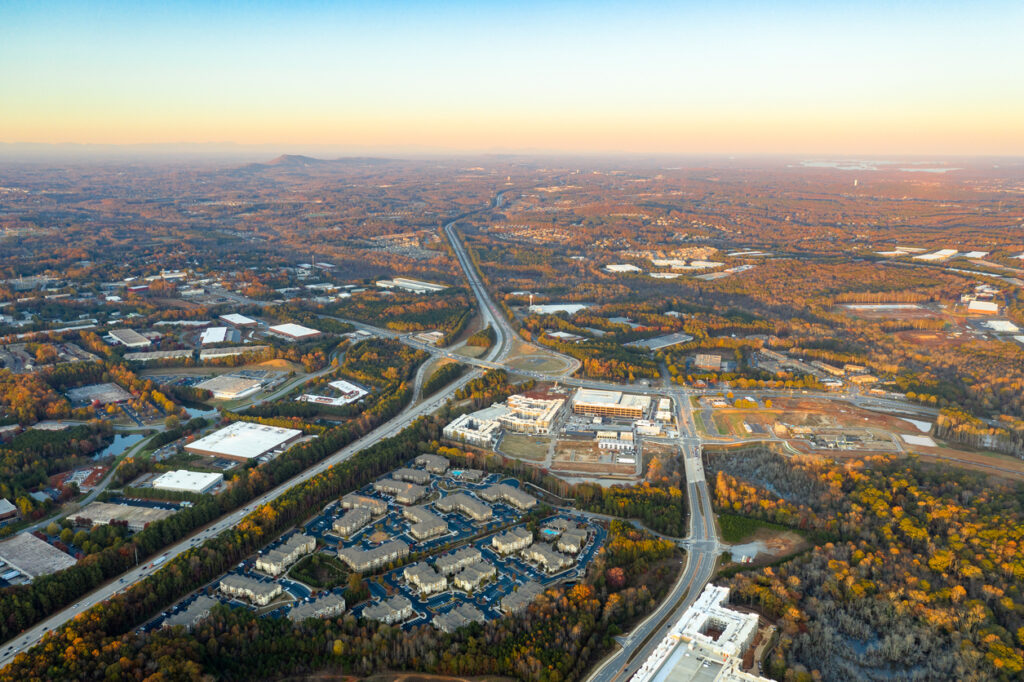
Johns Creek offers a rare combination of high-income levels, low crime rates, and excellent schools. The city’s careful planning ensures that neighborhoods are safe and attractive, with plenty of parks and recreational facilities. Residents enjoy access to cultural events, shopping, and dining without the congestion of larger cities. The job market is strong, supported by proximity to Atlanta’s economic opportunities. Community involvement is high, with residents taking pride in keeping the city welcoming and inclusive. Johns Creek is a place where the quality of life is more than a promise; it’s part of the daily experience for everyone.
8. Carmel, Indiana
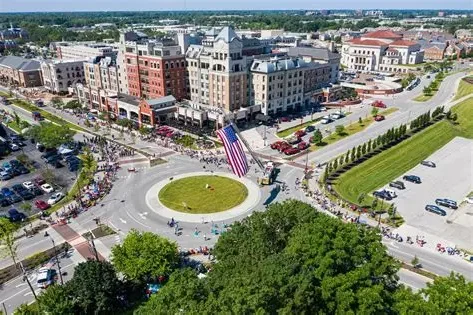
Carmel has earned national praise for its safety, walkability, and overall quality of life. Streets are well-designed, neighborhoods are beautiful, and public spaces invite community connection. The economy is diverse, with opportunities in healthcare, finance, and technology. Arts and cultural programs thrive, adding richness to daily life. Carmel’s leadership has invested in infrastructure and green space, making it both practical and pleasant. Residents value the balance of comfort, opportunity, and community spirit. This city shows that with careful planning and genuine care for residents, it’s possible to create a place where people truly love to live and feel at home.
7. Denver, Colorado
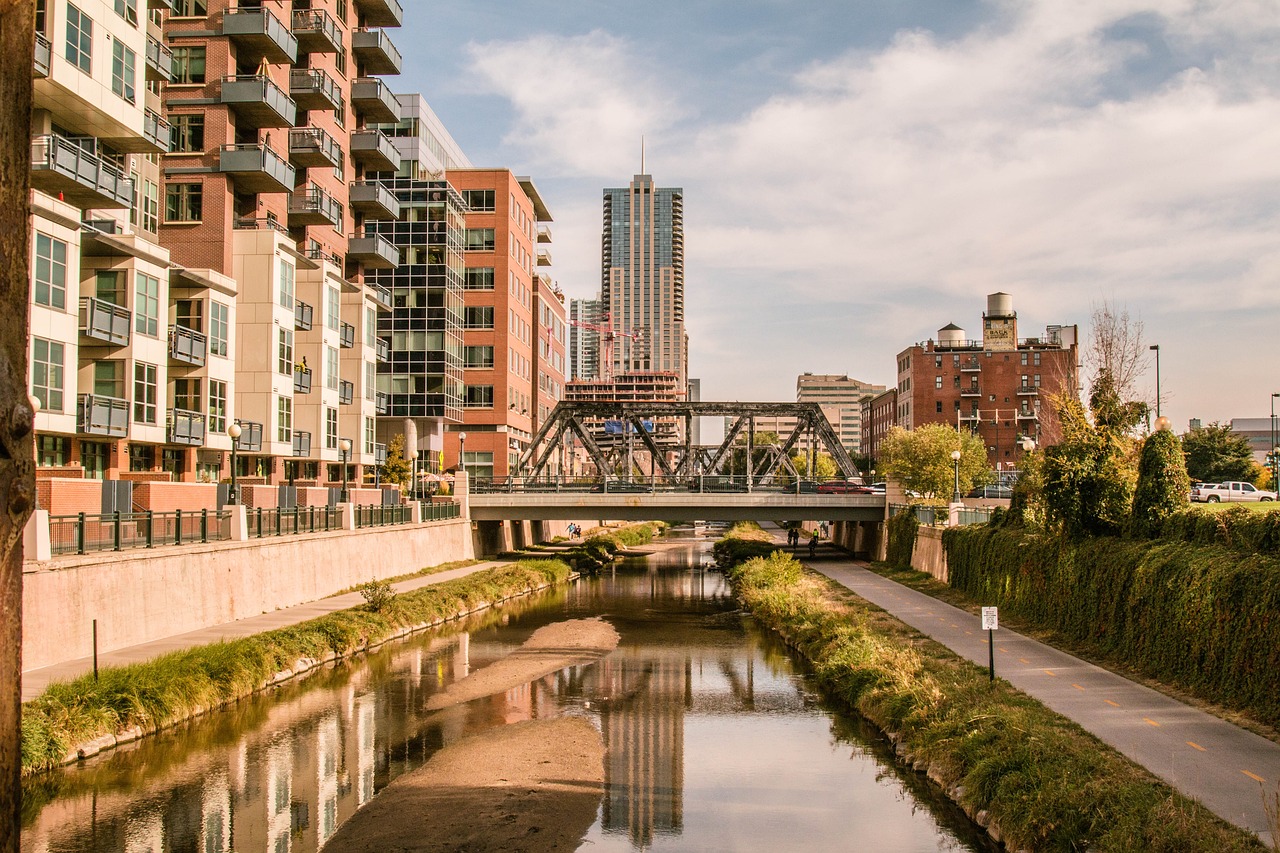
Denver, with its stunning backdrop of the Rocky Mountains, offers a blend of urban sophistication and outdoor adventure. The city has a booming job market, especially in industries like tech, healthcare, and finance, making it attractive to professionals. With a strong economy and high quality of life, Denver attracts individuals and families alike. The cost of living can be high, but it’s still more affordable compared to cities like San Francisco or New York, which makes it appealing to those who want a balance between city living and access to nature. According to Westword, this improvement reverses a multi-year tumble.
The outdoor lifestyle in Denver is a major draw. Whether it’s skiing in the winter, hiking in the summer, or simply enjoying the 300+ days of sunshine each year, Denver’s residents are never far from nature. The city has an excellent public transportation system and bike lanes, making it easy to get around. Denver also has a strong arts scene, with museums, theaters, and cultural events that make the city an exciting place to be. All these factors contribute to Denver’s ranking as one of the most desirable places to live in the U.S.
6. Seattle, Washington

Seattle, Washington, stands out for its thriving tech scene, beautiful scenery, and high standard of living, according to Bestplaces. The city is home to major companies like Amazon and Microsoft, providing countless job opportunities in tech, engineering, and design. Seattle’s job market is strong, attracting skilled professionals from all over the world. The city’s educational institutions, like the University of Washington contribute to its status as an intellectual hub, creating a dynamic atmosphere where innovation and research thrive. It’s a place where career opportunities are abundant, especially for those working in the tech and business sectors.
Beyond work, Seattle offers an incredible living experience. The city is known for its breathtaking natural beauty, nestled between Puget Sound and the Cascade Mountains. Outdoor enthusiasts enjoy everything from hiking and kayaking to whale watching and skiing. Seattle also has a robust cultural scene with a range of museums, music venues, and theater productions, providing ample entertainment options. The city’s diverse dining scene, craft breweries, and coffee culture make it an exciting place to call home. With its combination of career prospects, natural beauty, and cultural richness, Seattle remains one of the most desirable cities in the country.
5. San Francisco, California
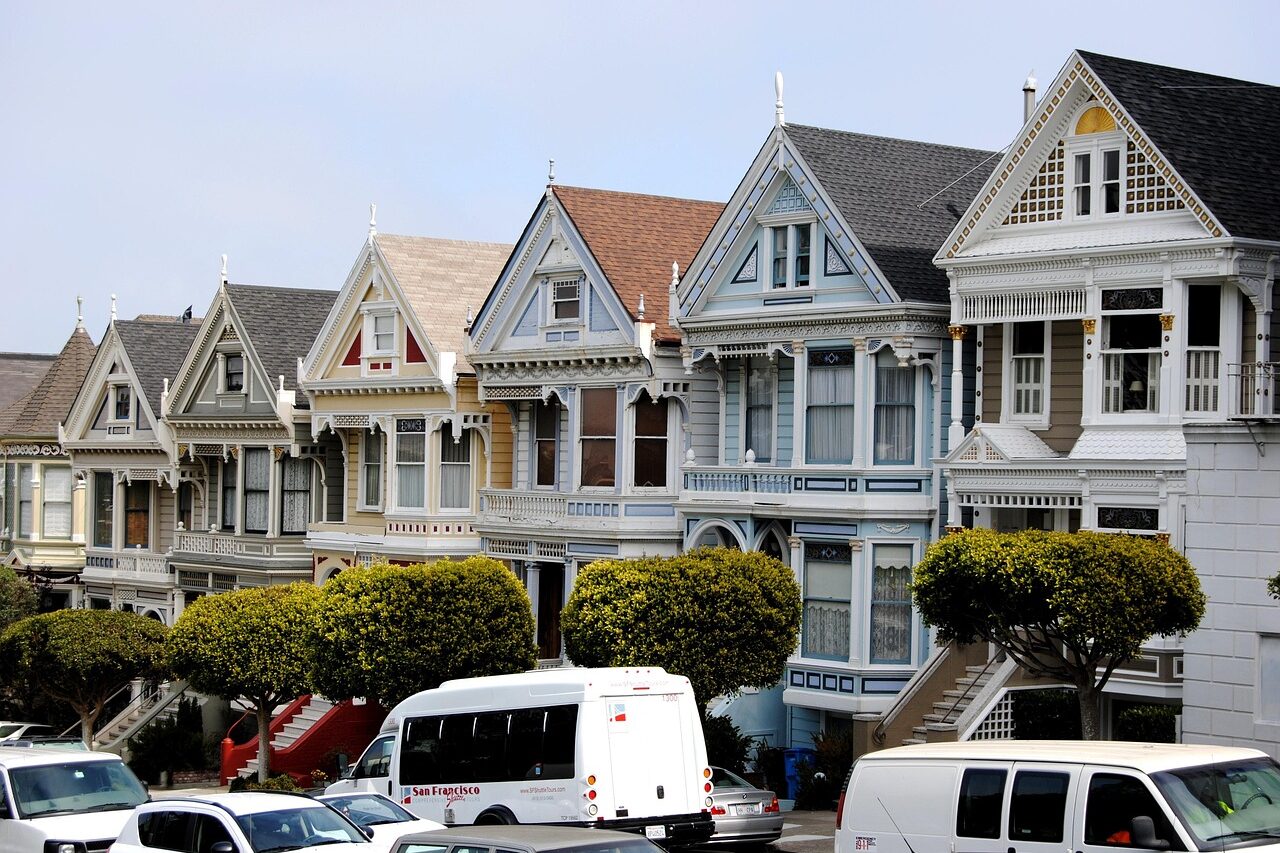
San Francisco, often seen as the beating heart of Silicon Valley, has long been one of the most desirable places to live, especially for those in the tech industry. The city boasts a booming economy, with high-paying jobs in fields like tech, finance, and healthcare. It’s home to some of the world’s largest tech companies, which provides professionals in these industries with abundant opportunities to grow their careers. San Francisco also offers a rich history and vibrant cultural landscape, with iconic landmarks like the Golden Gate Bridge and Alcatraz Island.
Living in San Francisco comes with certain challenges, such as a high cost of living and limited housing availability, but the benefits often outweigh these drawbacks. The city has a mild climate and beautiful vistas that draw people to its unique neighborhoods. For those who enjoy a cosmopolitan lifestyle, San Francisco offers world-class dining, shopping, and entertainment. The city’s diversity also plays a major role in making it an attractive destination, with a wide variety of cultural experiences available for residents. Despite its high cost, San Francisco remains one of the most sought-after places to live, thanks to its career opportunities, stunning scenery, and vibrant cultural scene.
4. Portland, Oregon
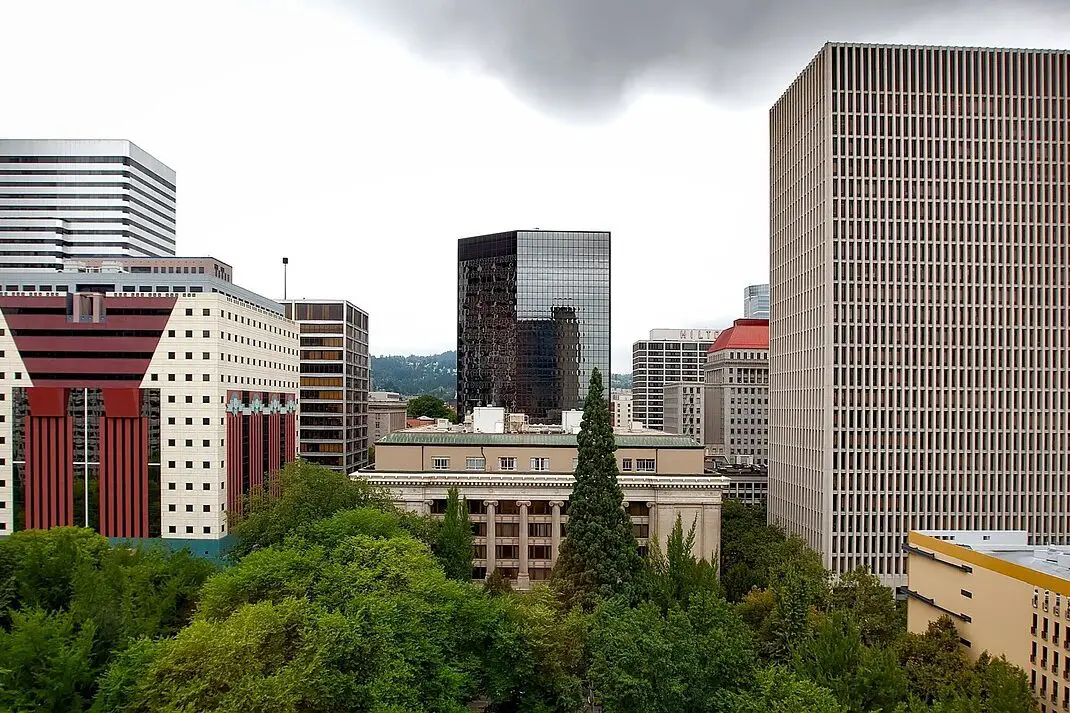
Portland, Oregon, has become increasingly popular over the years due to its unique blend of outdoor access, progressive culture, and strong sense of community. It’s an ideal city for those who love nature, with easy access to hiking, mountain biking, and kayaking. Located near the Columbia River Gorge and Mount Hood, Portland offers a year-round playground for outdoor enthusiasts. But what really sets Portland apart is its commitment to sustainability and green living. The city has an extensive public transportation system, a network of bike lanes, and a thriving local food scene that emphasizes farm-to-table dining.
Portland also has a vibrant arts and music scene, with galleries, theaters, and live music venues throughout the city. The city is known for its quirky, laid-back atmosphere, where people value creativity and individuality. While Portland’s job market may not be as strong as cities like San Francisco or Seattle, the low unemployment rate and growing tech scene provide ample opportunities. The relatively affordable cost of living compared to other West Coast cities is also an attractive feature. Portland’s mix of outdoor activities, cultural experiences, and environmental consciousness make it one of the most desirable cities in the U.S.
3. Minneapolis, Minnesota
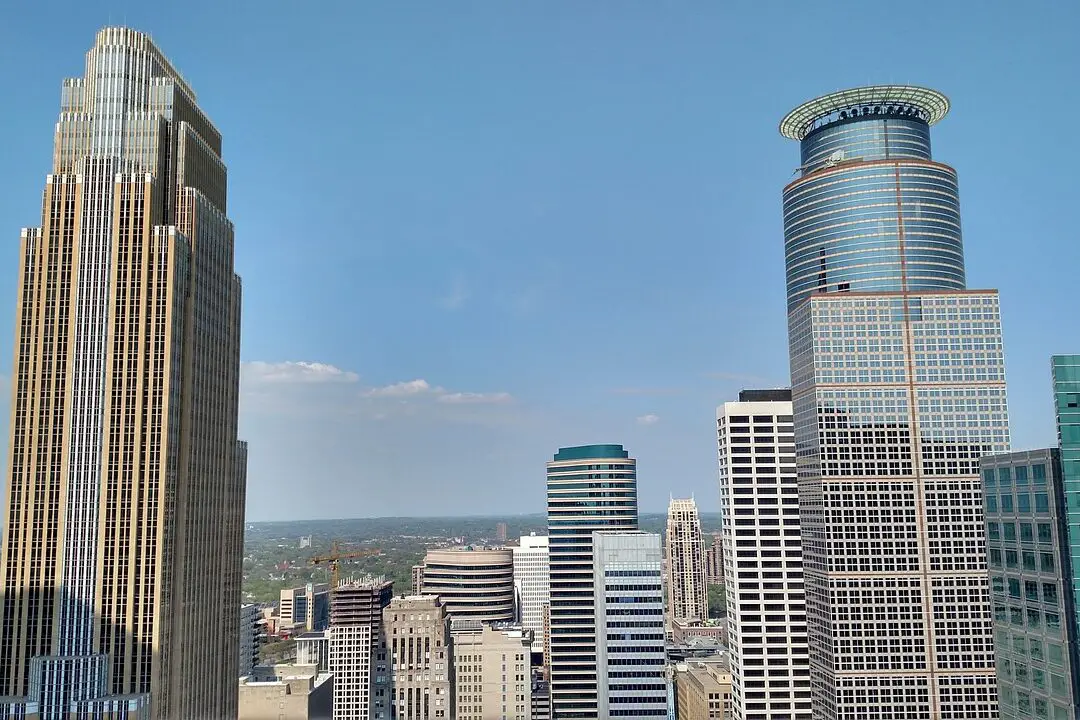
Minneapolis, Minnesota, may not be as well-known as some of the other major cities in the U.S., but it offers a high quality of life that draws many people to it. The city has a thriving economy, with strong job opportunities in industries like healthcare, finance, and technology. Minneapolis is also known for its commitment to sustainability, boasting an efficient public transportation system and numerous parks and green spaces. The city’s economy is diverse and stable, contributing to low unemployment and a growing job market.
In addition to its robust job market, Minneapolis is a cultural hub with a wide range of entertainment options. From theater and music venues to the Walker Art Center and the Minneapolis Institute of Art, there’s always something going on. The city also offers an affordable cost of living compared to other major metropolitan areas, which makes it an appealing choice for individuals and families alike. Minneapolis’ mix of outdoor beauty, cultural richness, and economic opportunities make it an increasingly popular destination for those looking to live in a vibrant, livable city.
2. Charleston, South Carolina
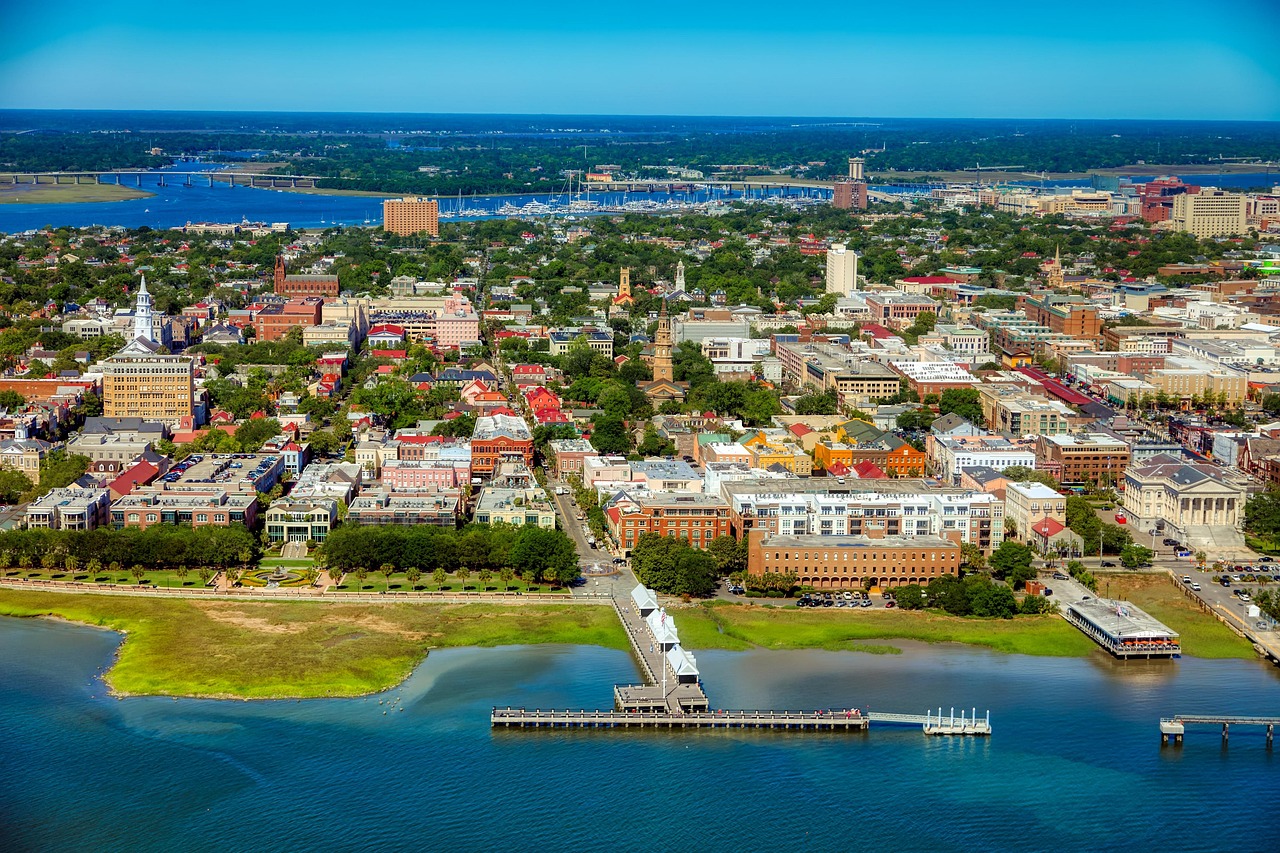
Charleston, South Carolina, is a historic city known for its charm, beautiful architecture, and coastal lifestyle. The city offers a strong economy, particularly in the tourism, manufacturing, and healthcare sectors, making it an attractive destination for professionals. Charleston’s historic downtown area is a major draw for residents and tourists alike, with its cobblestone streets, colorful homes, and rich cultural heritage. The city is also home to a number of excellent schools and universities, contributing to its appeal for families.
Charleston’s proximity to the beach provides residents with access to some of the best coastal living in the U.S. Whether it’s enjoying the waterfront parks or taking part in watersports, Charleston offers a relaxed, scenic lifestyle. The city also boasts a strong food scene with its Lowcountry cuisine and thriving restaurant culture. With its combination of history, culture, job opportunities, and beautiful natural surroundings, Charleston is undeniably one of the most desirable places to live in the U.S.
1. Austin, Texas
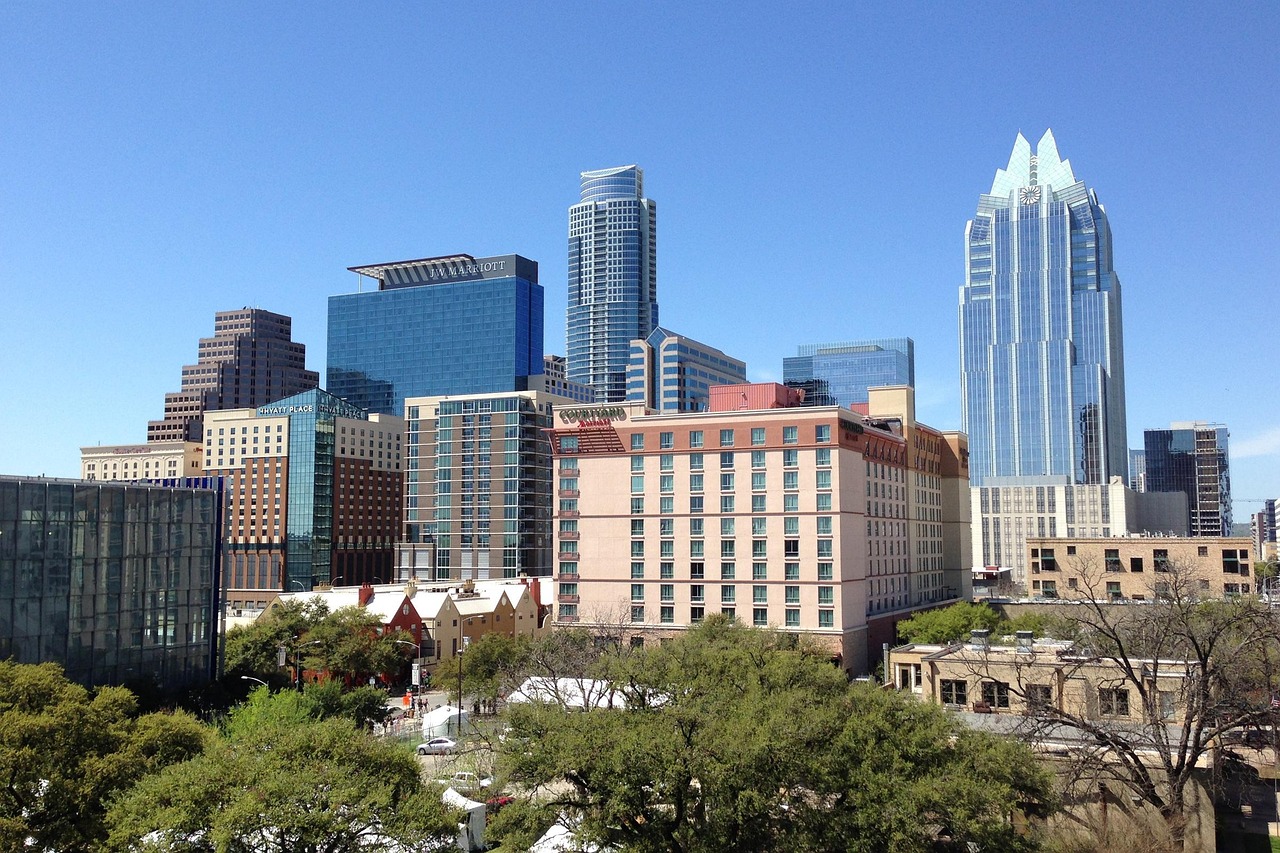
Austin, Texas, is consistently ranked as one of the most desirable cities in the U.S., and it’s easy to see why. Known for its vibrant tech scene, Austin has become a hub for tech entrepreneurs and creatives. The city is home to numerous startups, making it a hotspot for young professionals looking to launch their careers, according to SpectrumNews. It offers a strong job market, with opportunities in technology, healthcare, education, and more. In addition, Austin has a relatively low unemployment rate compared to other major cities.
But Austin isn’t just about work—there’s a strong cultural side to the city too. It’s often referred to as the “Live Music Capital of the World” because of its thriving music scene. From the iconic South by Southwest (SXSW) festival to the many live music venues across the city, there’s always something happening. The city also boasts beautiful parks and outdoor spaces, like the Barton Springs Pool and Zilker Park. Austin’s laid-back vibe, combined with its strong economy and cultural appeal, makes it a top choice for many people looking to live in the U.S.
Note: What About America’s Largest Cities? You may have noticed that none of America’s 20 biggest cities by population made the “Most Desirable” list. While these cities offer a lot including world-class attractions, jobs, and culture, they consistently rank lower on livability indexes due to: High cost of living, poor housing affordability, traffic and long commutes, rising crime in many neighborhoods, struggles with infrastructure and public services.
And that’s where this story ends, not with judgment, but with perspective.
This story 25 Most Unlivable Cities in the U.S. and the 32 Most Desirable, Ranked was first published on Daily FETCH


